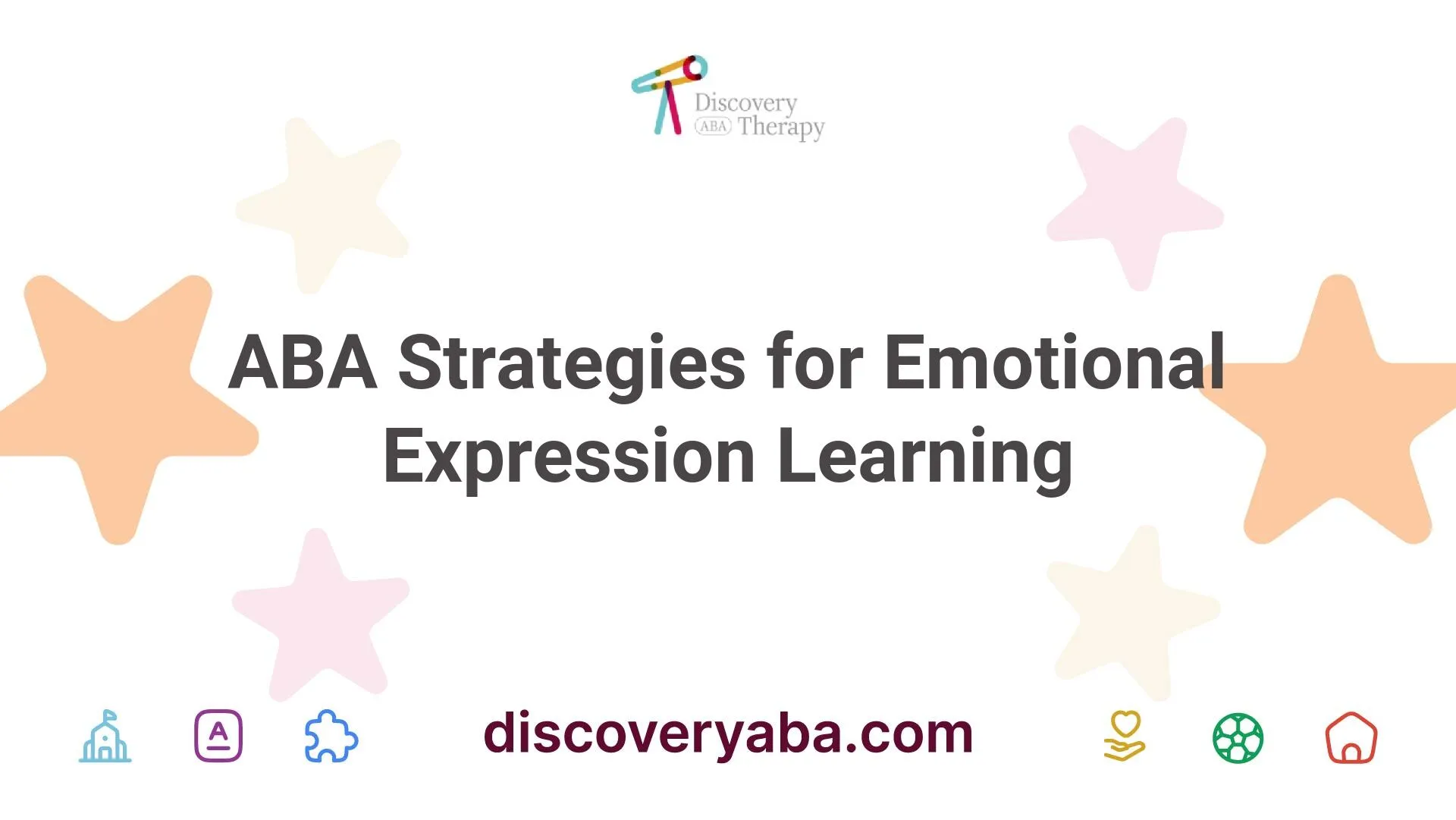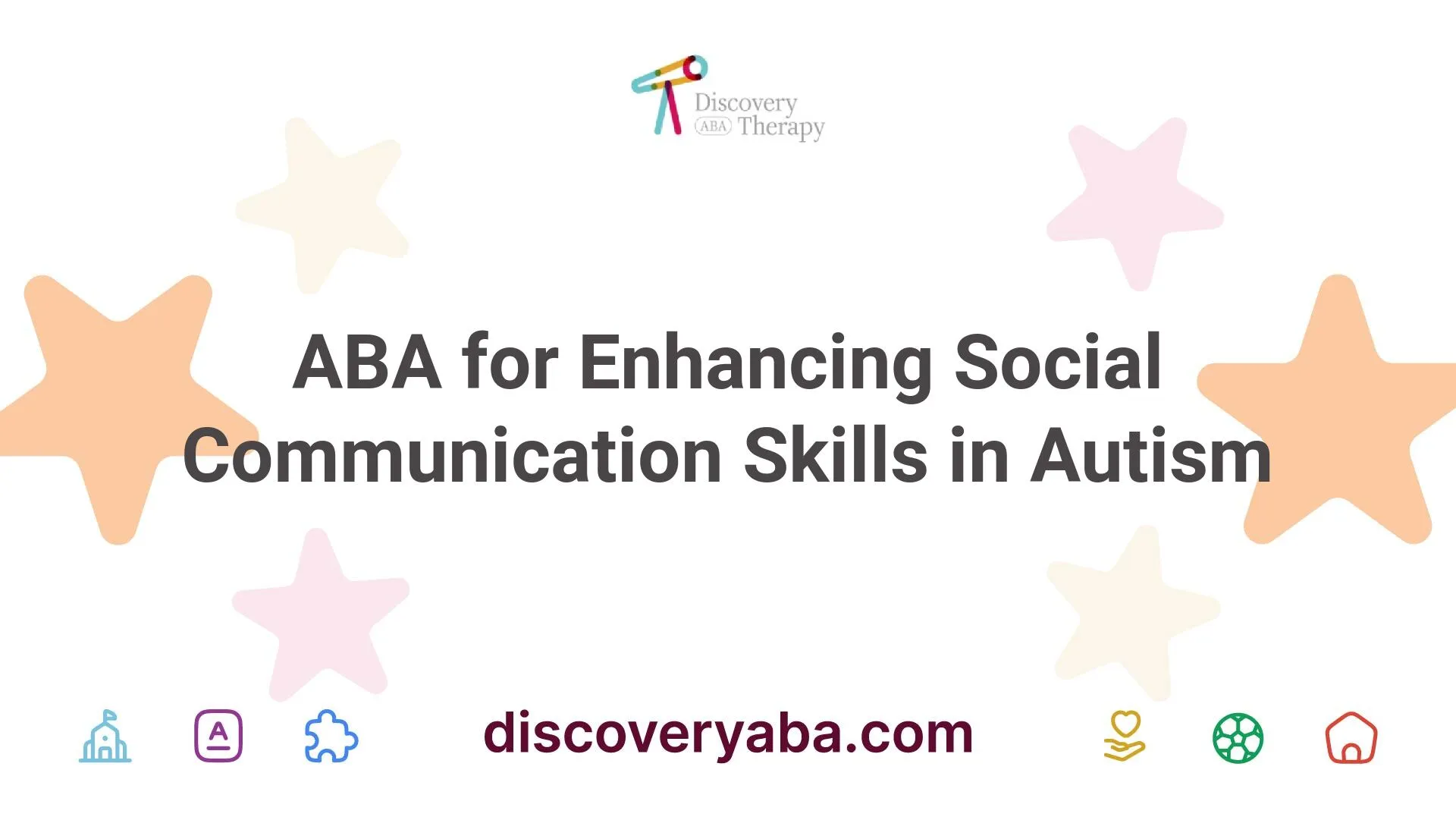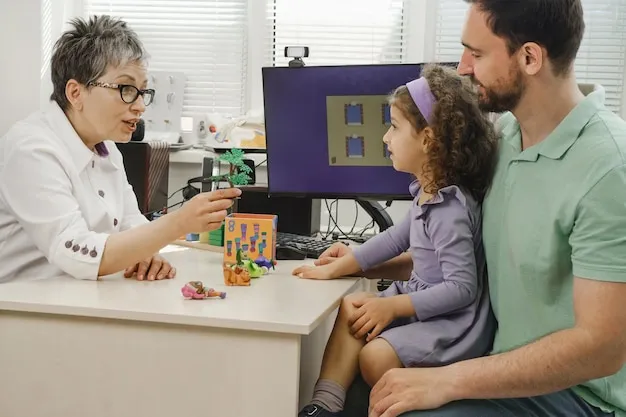ABA Therapy for Autism Health Programs
Explore ABA therapy for autism health programs, enhancing skills and behavior through effective intervention!


Understanding ABA Therapy
Introduction to ABA
Applied Behavior Analysis (ABA) is a therapy that helps children with autism learn essential skills by using behavior science principles. ABA aims to make socially significant changes in behaviors, focusing on modifying challenging behaviors into more functional and appropriate ones. Research supports the effectiveness of ABA therapy for individuals of all ages; however, early initiation can yield the most transformative outcomes, particularly for young children.
ABA therapy typically involves structured programs designed to improve communication skills, social interactions, and daily living skills. Most children benefit from starting ABA therapy between the ages of 2 and 6 years, a period when their brains are most adaptable to learning new behaviors and skills. Through consistent reinforcement and targeted teaching methods, children learn to follow directions, develop better communication capabilities, and prepare for preschool environments. Details on various therapy options are available in our article on aba therapy for autism therapy programs.
Importance of Early Intervention
The timing of ABA therapy is crucial for achieving the best developmental outcomes. Studies indicate that beginning ABA therapy before age four significantly enhances children's social and communication skills, facilitating easier interactions with peers. Early intervention allows therapy to integrate smoothly into learning environments, ultimately aiding in skill acquisition that supports overall development.
A substantial focus on early intervention illustrates how starting ABA therapy early—sometimes as young as age 2—can cultivate critical abilities that affect long-term success. Data from various studies show that a large percentage of goals set within ABA programs exhibit positive improvement trends, emphasizing the effectiveness of early therapeutic engagement.
In conclusion, understanding ABA therapy and its emphasis on early intervention is vital for parents and caregivers of individuals with autism. Through thoughtful application of its principles, ABA can offer substantial benefits, promoting necessary skills and behaviors essential for a successful future. For more on types of services available, visit our pages on aba therapy for autism services and aba therapy for autism treatment centers.
ABA Therapy Principles
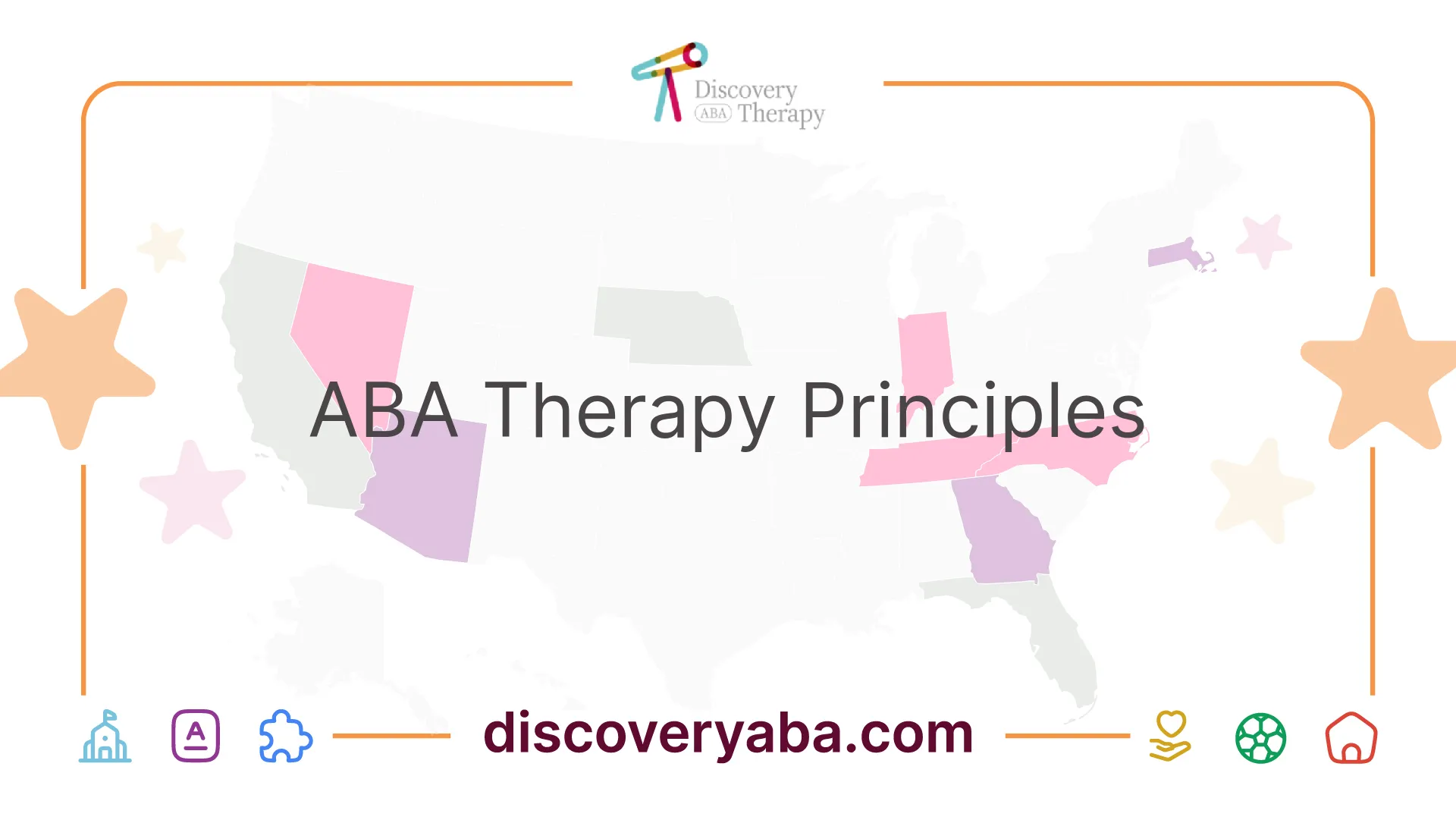
Understanding the principles of ABA therapy (Applied Behavior Analysis) is essential for parents and caregivers working with children on the autism spectrum. These foundational elements are designed to promote behavioral changes and improve daily living skills.
Core Dimensions of ABA
ABA therapy is grounded in seven core dimensions that support behavior modifications for children with autism. These dimensions breathe life into the therapeutic process and are evidence-based. Key aspects include:
DimensionDescriptionAppliedFocuses on socially significant behaviors, enhancing the quality of life for the individual.BehavioralAddresses measurable and observable behavior changes.AnalyticDemonstrates a functional relationship between the behavior and the environment, allowing data-driven decisions.TechnologicalEmploys well-defined procedures that can be replicated by anyone involved in the therapy.Conceptually SystematicBases interventions on established behavioral principles, ensuring consistency and understanding in application.EffectiveEmphasizes improvements that are meaningful and have a positive impact on the individual's life.GeneralityEnsures that behaviors learned in therapy can be applied across various settings, situations, and people.
These core dimensions help ABA practitioners alter challenging behaviors over time, turning them into more functional and appropriate actions. The focus is on enhancing behavior using scientifically supported principles and methods [1].
Role of BCBA Therapists
BCBA (Board Certified Behavior Analyst) therapists play a crucial role in implementing ABA therapy. They are trained professionals specializing in behavior analysis, responsible for assessing, analyzing, and designing interventions to address behavioral challenges. The responsibilities of a BCBA include:
BCBAs ensure that ABA therapy is not only effective for children with autism but also applicable across various age groups and conditions. They utilize strategies to enhance important skills like self-regulation and communication [2]. For information on ABA services, explore our resources on aba therapy for autism health programs.
Implementing ABA Programs
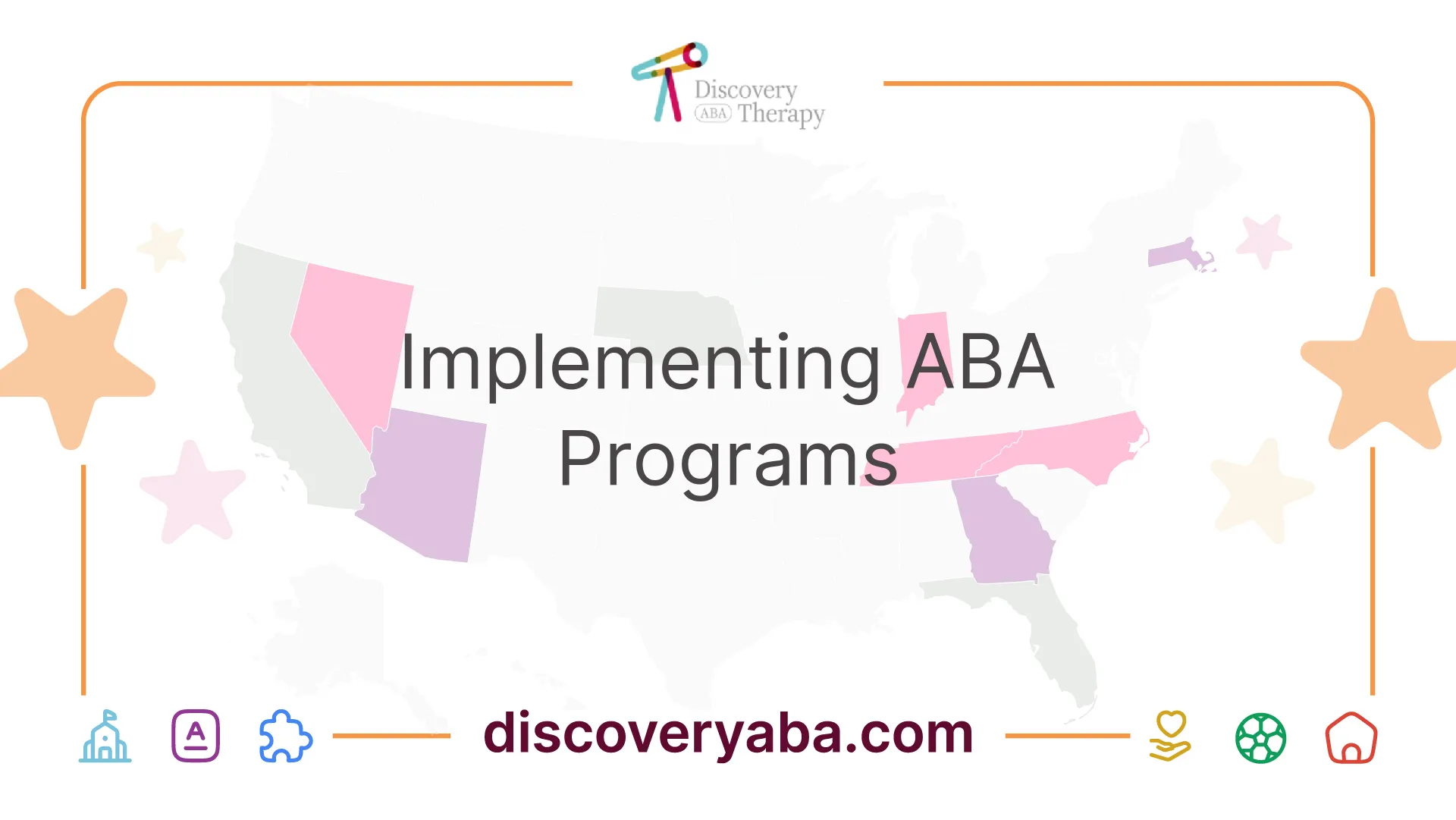
Effective implementation of Applied Behavior Analysis (ABA) programs is essential for achieving positive outcomes for children with autism. This process involves creating detailed treatment plans and ensuring that these plans are executed consistently across all settings.
Detailed Treatment Plans
Every ABA program is underpinned by a comprehensive treatment plan developed by a Board Certified Behavior Analyst (BCBA). These plans outline specific goals and intervention strategies tailored to the individual needs of the child. The plans must be clear and detailed, enabling all therapists and even parents to execute them accurately. This consistency is crucial, as ABA intervention programs managed by different technicians must be delivered in the same way to effectively modify behavior [1].
Component of Treatment PlanDescriptionGoalsSpecific, measurable outcomes the child should achieve.StrategiesTechniques and methods used to reach these goals.MeasurementData collection methods to assess progress.Review ScheduleRegular intervals for reviewing and updating the plan.
The success of ABA therapy often depends on the involvement of parents and caregivers in this process, as they are critical for reinforcing learned behaviors at home.
Consistency in Program Execution
Consistency in executing the treatment plans is vital for achieving meaningful progress. Adhering to the same methods and strategies allows for stable behavioral modifications and reinforces learning. Studies indicate that both lower-functioning children and those receiving a full dose of ABA can experience significant adaptive behavior gains when programs are followed accurately over 24 months [3].
Each session should adhere to the established strategies in the treatment plan, ensuring that all caregivers and therapists are on the same page. This leads to a collaborative approach that often yields more sustainable and long-lasting outcomes for the child [2].
Additionally, parents play a critical role in this consistency. Through training and support, they can reinforce behaviors at home using the same techniques practiced in therapy.
Implementing ABA therapy requires a thorough understanding of treatment plans and the importance of uniform execution across different settings. For more insights on therapies and programs available, check out our articles on aba therapy for autism therapy programs and aba therapy for autism services.
Benefits of ABA Therapy
ABA therapy provides numerous advantages for individuals with autism and is widely recognized for its efficacy in promoting developmental enhancements and facilitating behavioral modification.
Developmental Enhancements
ABA therapy is tailored to support various developmental skills, making it an effective intervention for children with autism. The therapy focuses on improving essential skills across multiple domains, such as communication, self-regulation, and social interactions. The evidence-based approaches utilized in ABA therapy ensure that techniques are thoroughly tested and proven to yield significant positive outcomes.
Skill AreaExpected OutcomesCommunicationEnhanced verbal and non-verbal skillsSocial InteractionImproved engagement and relationship-buildingSelf-RegulationBetter impulse control and emotional regulation
By training parents and caregivers, ABA therapy enhances the overall effectiveness of these developmental interventions. When family members are educated about ABA principles, they can reinforce learned behaviors at home, leading to sustained improvements [2].
Behavioral Modification
One of the primary goals of ABA therapy is to transform challenging behaviors into more functional and acceptable ones. Through systematic analysis and evidence-based interventions, therapists employ various strategies to reduce disruptive behaviors and teach replacement behaviors.
ABA therapy's focus on behavior modification involves:
This approach has proven effective across various age groups and conditions, making ABA a versatile solution for behavior management. It not only improves behavior for children with autism but also applies to those without formal diagnoses, showcasing the broad applicability of ABA strategies [(Abacus Therapies).
For families looking for comprehensive support, ABA therapy can be found in specialized centers, such as ABA therapy for autism treatment centers, which often provide tailored plans and ongoing support for sustained success in behavioral enhancement and development.
Success Factors in ABA Therapy
Timing and Initiation
The effectiveness of ABA therapy is significantly influenced by the timing of its initiation. Research indicates that starting ABA therapy as early as possible yields the best outcomes in terms of development. Most children benefit from beginning therapy between the ages of 2 and 6 years old. Initiating ABA at age 2 can enhance communication skills and readiness for preschool, while older children might integrate ABA into their education to learn social and daily living skills [4].
Studies show that commencing therapy before age four is particularly beneficial, as it can improve children's socialization and interaction capabilities [1]. Here is a summary table of the recommended age ranges for starting ABA therapy:
Age GroupRecommended Benefits2-3 yearsDevelops communication skills, prepares for preschool4-6 yearsEnhances social skills, prepares for formal education7+ yearsFocuses on education integration, problem behavior management
Impact of Family Support
Family involvement plays a crucial role in the success of ABA therapy programs. Training parents and caregivers enhances their ability to support children during therapy sessions and apply learned techniques at home. This collaborative involvement leads to more sustainable and lasting positive outcomes [2]. Statistics reveal that parents who are married or partnered have increased likelihoods of their children remaining in ABA programs for extended periods, specifically for 12 and 24 months. Moreover, receiving special education services correlates with higher retention rates in ABA programs [3].
Here is a table showcasing the connection between family support and retention in ABA therapy:
Family Support TypeRetention in ProgramsMarried/Partnered ParentsHigher retention for 12/24 monthsSpecial Education ServicesHigher odds of staying in ABA for 12 months
In summary, the success of ABA therapy for autism health programs is largely determined by the timeliness of intervention and the extent of family support involved in the therapeutic process. For more information on specific ABA programs, explore our resources on ABA therapy for autism therapy programs and ABA therapy for autism services.
Efficacy of ABA Interventions
The effectiveness of ABA (Applied Behavior Analysis) therapy has been supported by numerous studies, particularly in children diagnosed with autism spectrum disorder (ASD). This section will summarize key findings from meta-analyses and discuss the effectiveness of ABA interventions on essential skills.
Meta-Analysis Findings
A recent meta-analysis examined 14 randomized controlled trials involving 555 participants to evaluate the efficacy of ABA-based interventions for managing symptoms associated with ASD. The study revealed that ABA interventions produce significant benefits in several key areas, particularly socialization, communication, and expressive language. However, it is important to note that improvements in general symptoms of autism, along with adaptive behavior, daily living skills, and cognitive abilities, were not significantly observed [5].
Skill AreaEffect Size (g)Efficacy LevelCommunication Skills0.650ModerateExpressive Language0.742ModerateSocialization0.444ModerateDaily Living Skills0.138Low
The meta-analysis demonstrated that children with ASD who participated in ABA-based interventions showed marked improvement in communication and expressive language skills compared to those not receiving such interventions.
Effectiveness on Key Skills
The effectiveness of ABA therapy for enhancing specific skills is significant and varies by skill type. The findings point toward notable improvements in social skills and communication abilities, which are crucial for daily interactions and relationships. Specifically, children undergoing ABA interventions exhibited:
While there have been promising results in these areas, the analysis did not support significant gains in areas like adaptive behavior, daily living skills, or broader cognitive abilities. For parents and caregivers looking for effective interventions, understanding these outcomes may help in selecting appropriate ABA therapy for autism health programs.
Through these insights, it becomes clear that while ABA therapy can produce noteworthy enhancements in specific developmental domains, broadening the focus on other essential skills may require supplementary approaches or therapies.
References
[2]:
[3]:
[4]:
[5]:
Does Your Child Have An Autism Diagnosis?
Learn More About How ABA Therapy Can Help
Find More Articles
Contact us
North Carolina, Tennessee, Nevada, New Jersey, Utah, Virginia
New Hampshire, Maine
Massachusetts, Indiana, Arizona, Georgia
.avif)


.webp)
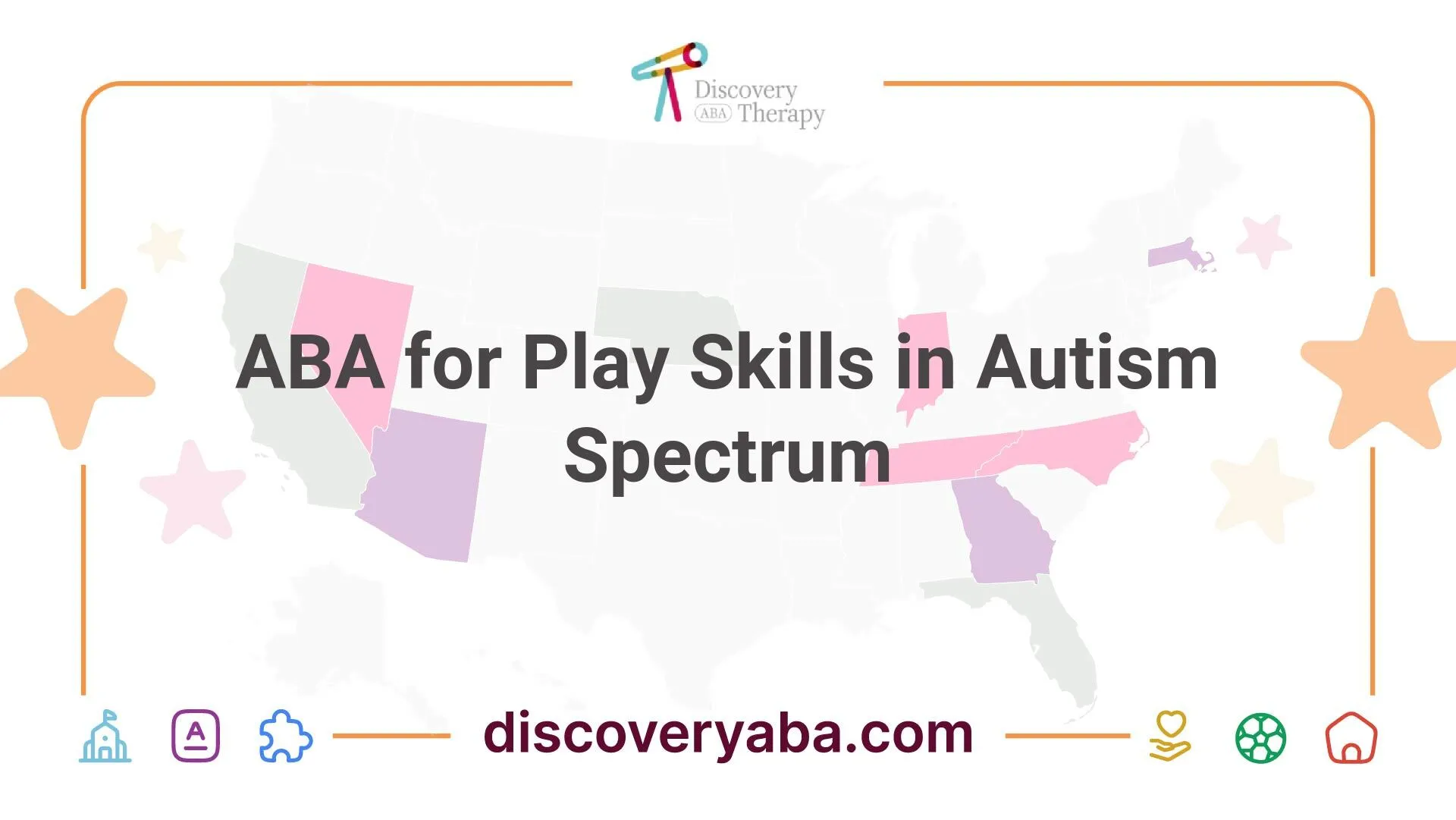

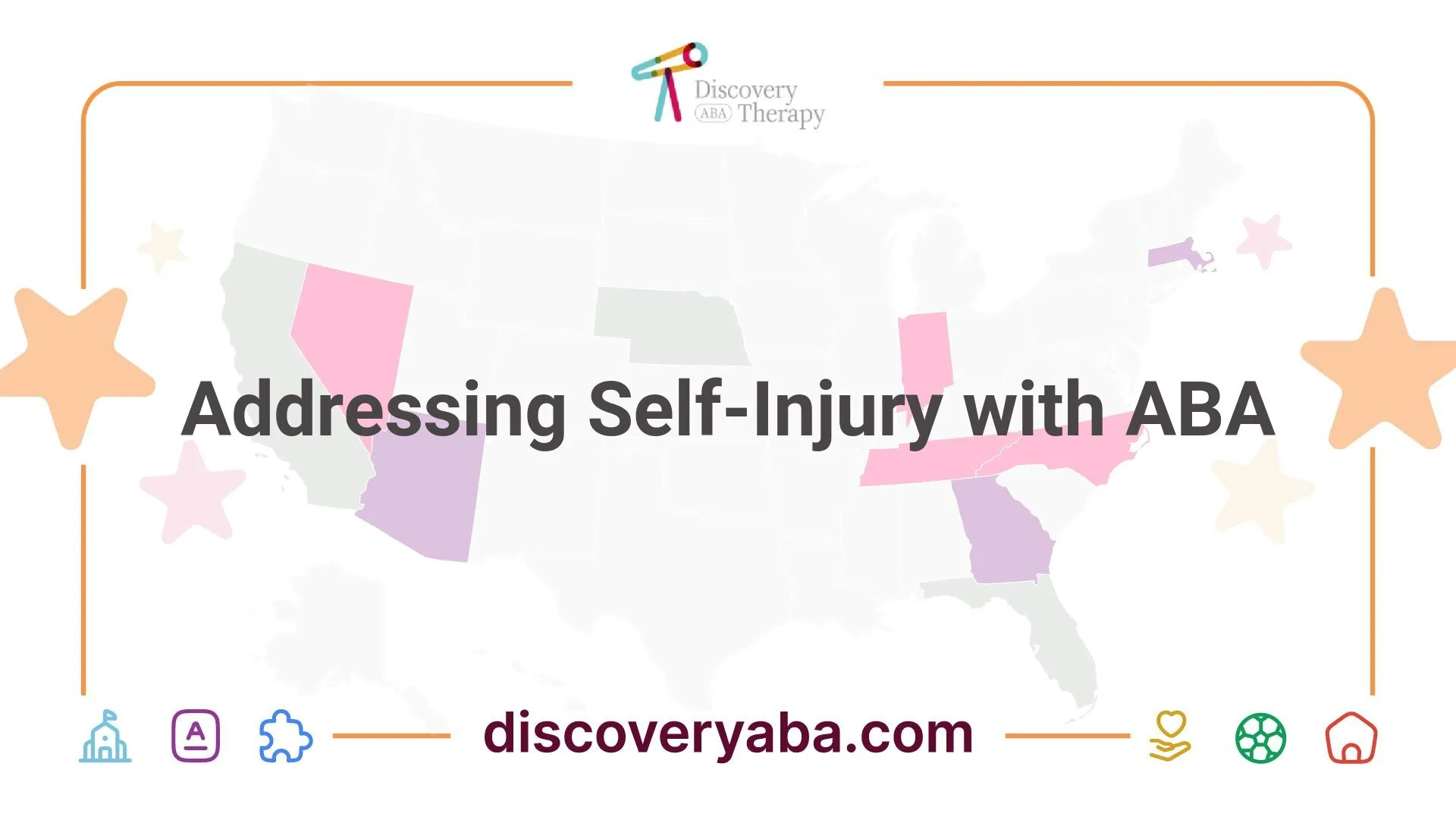


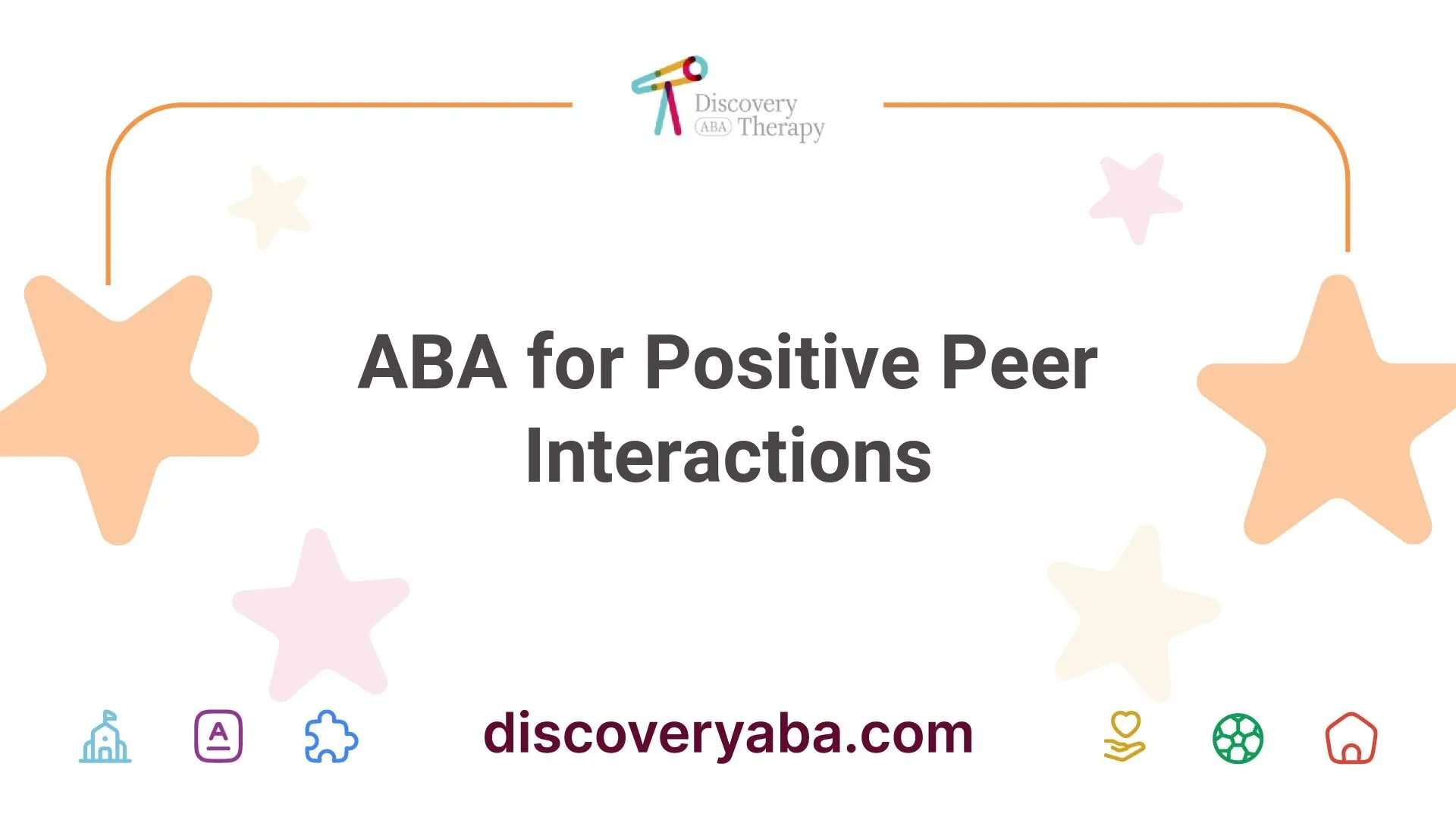
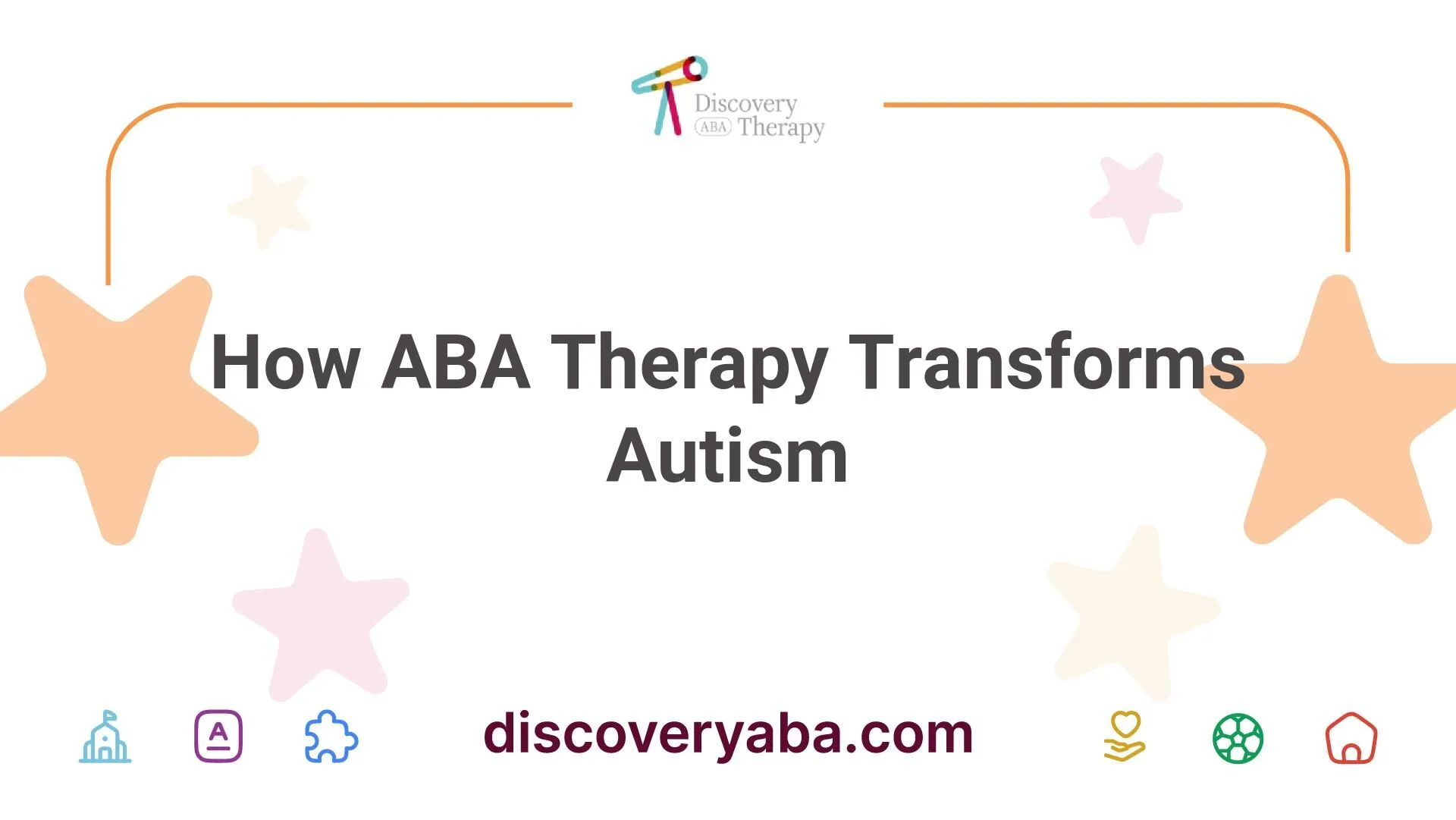


.webp)

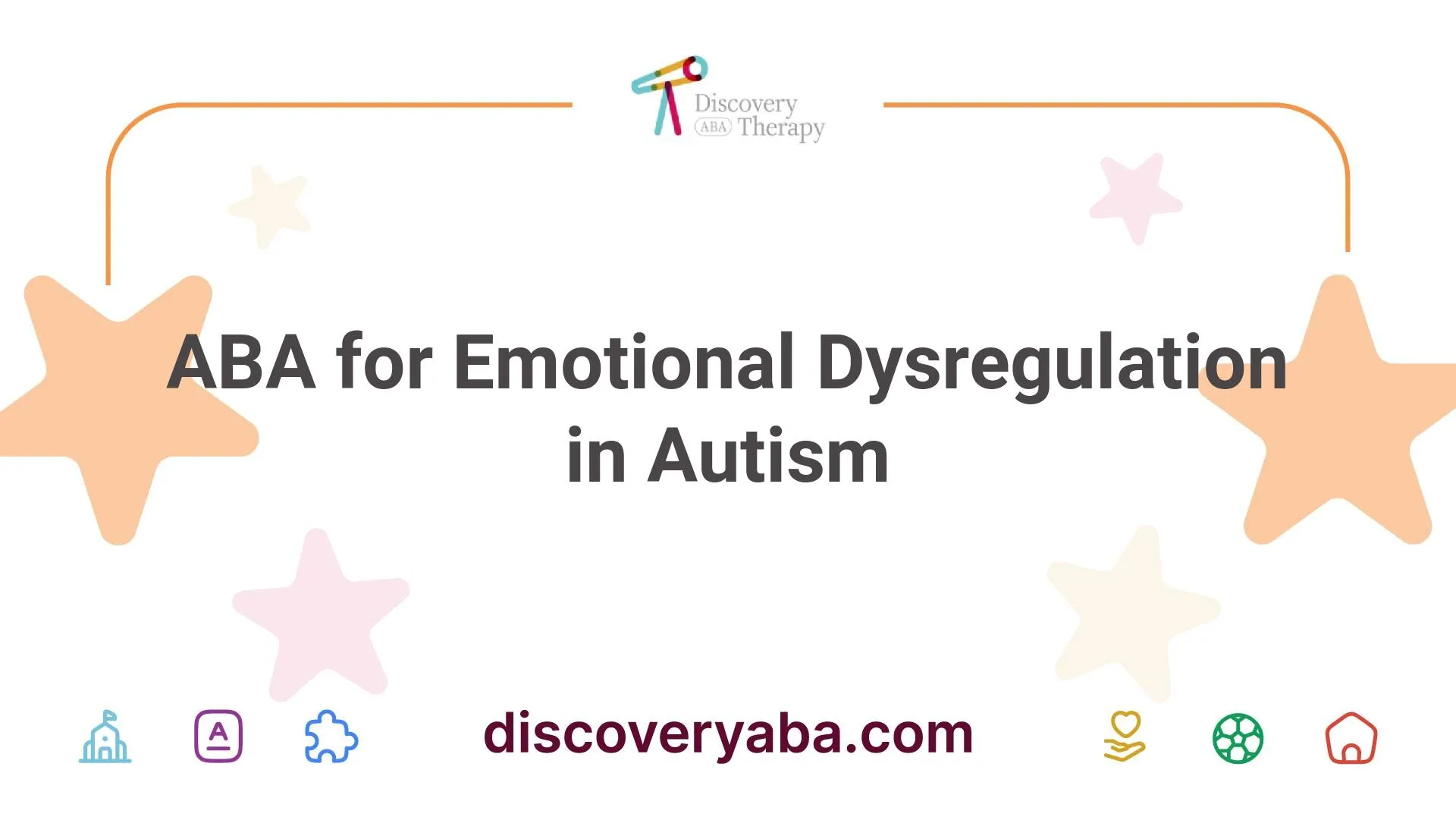
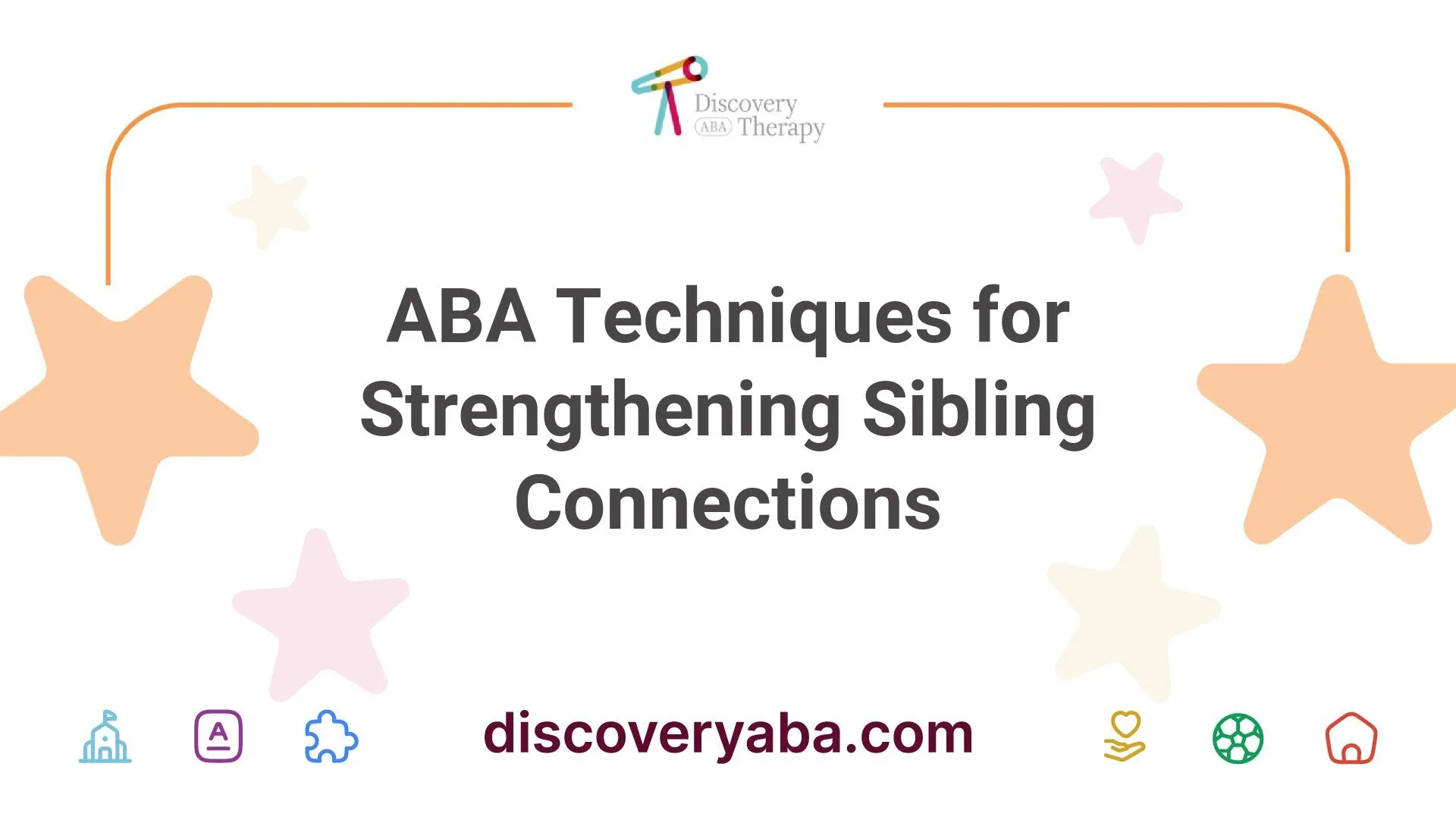
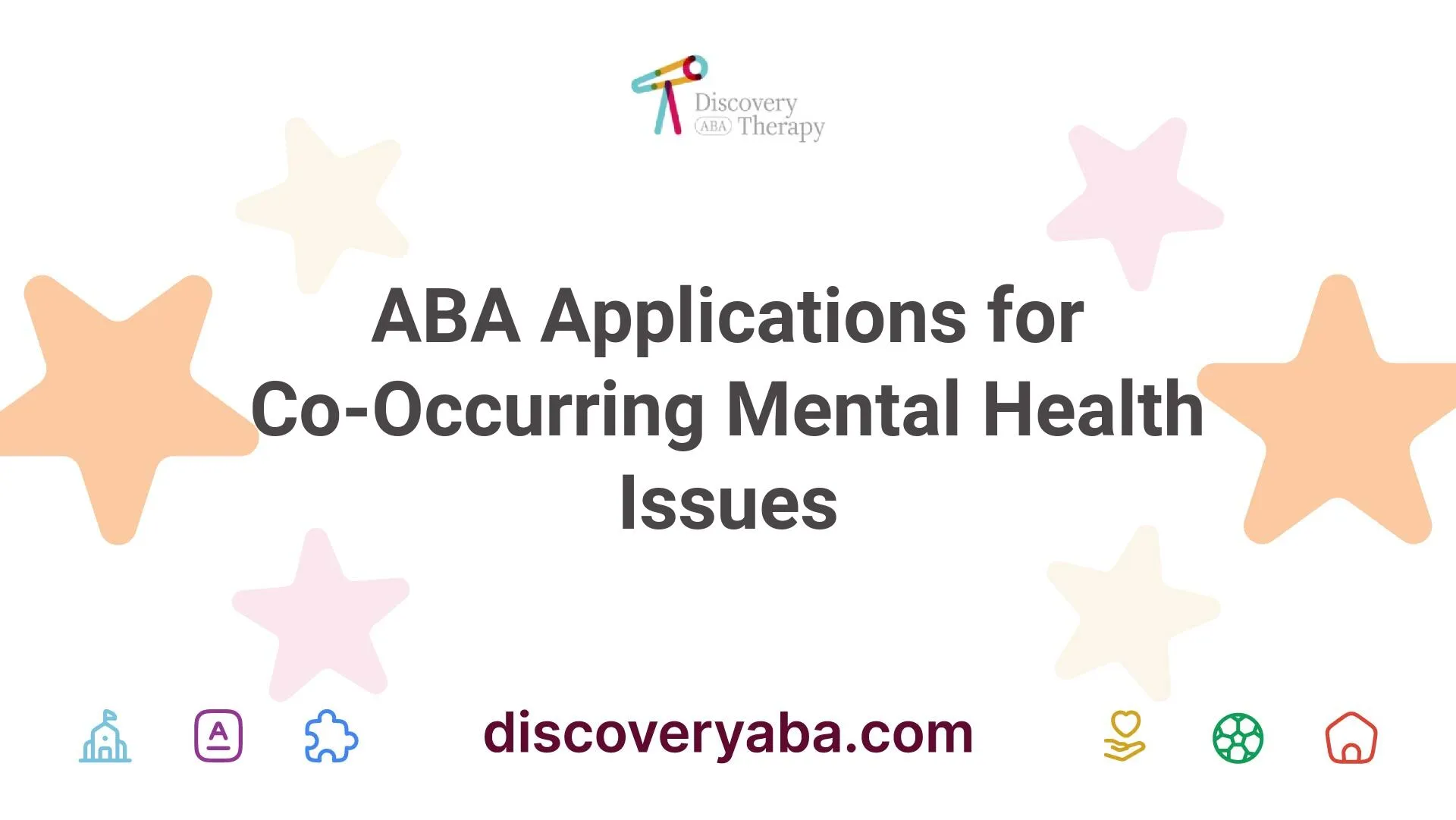
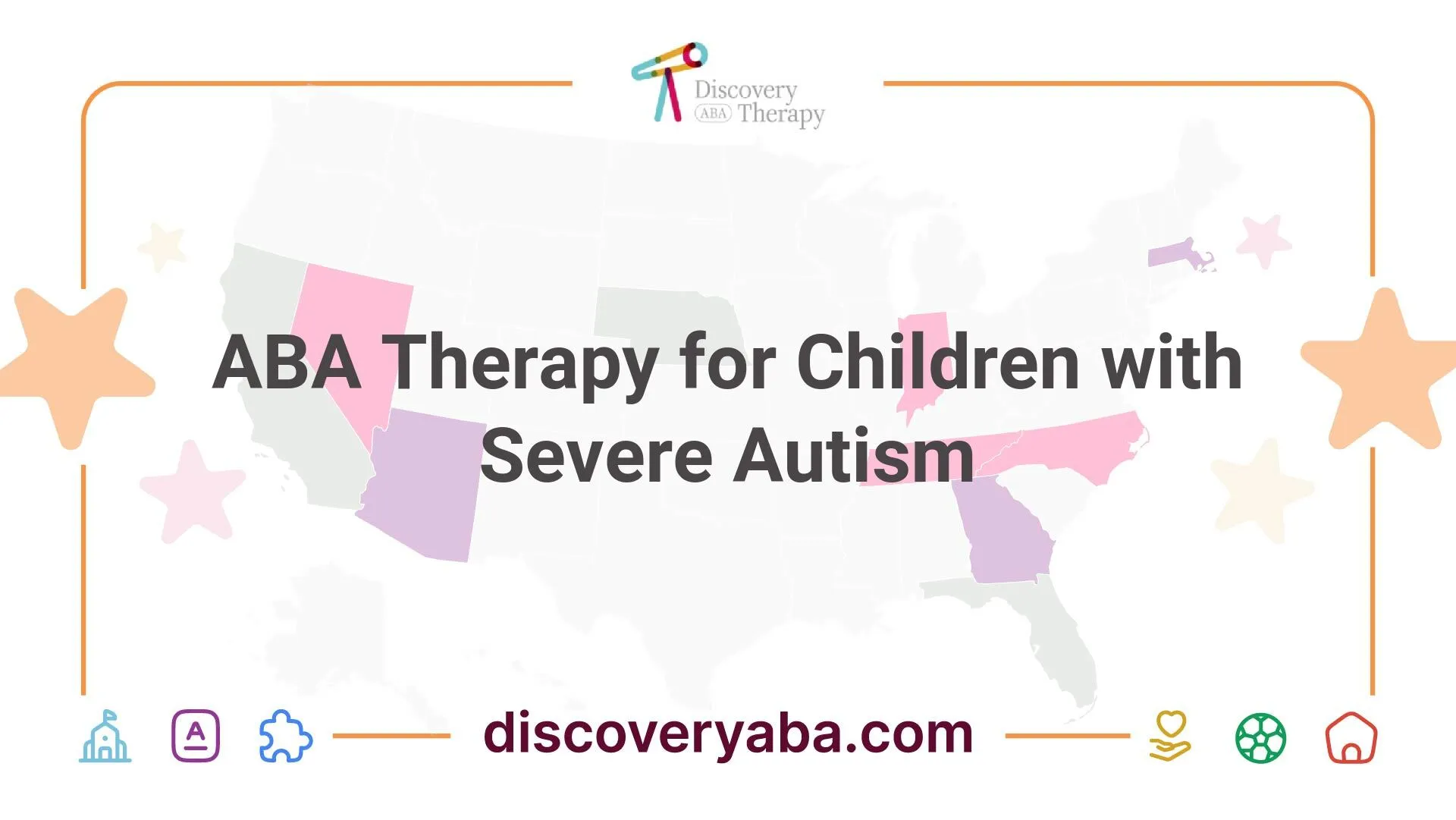

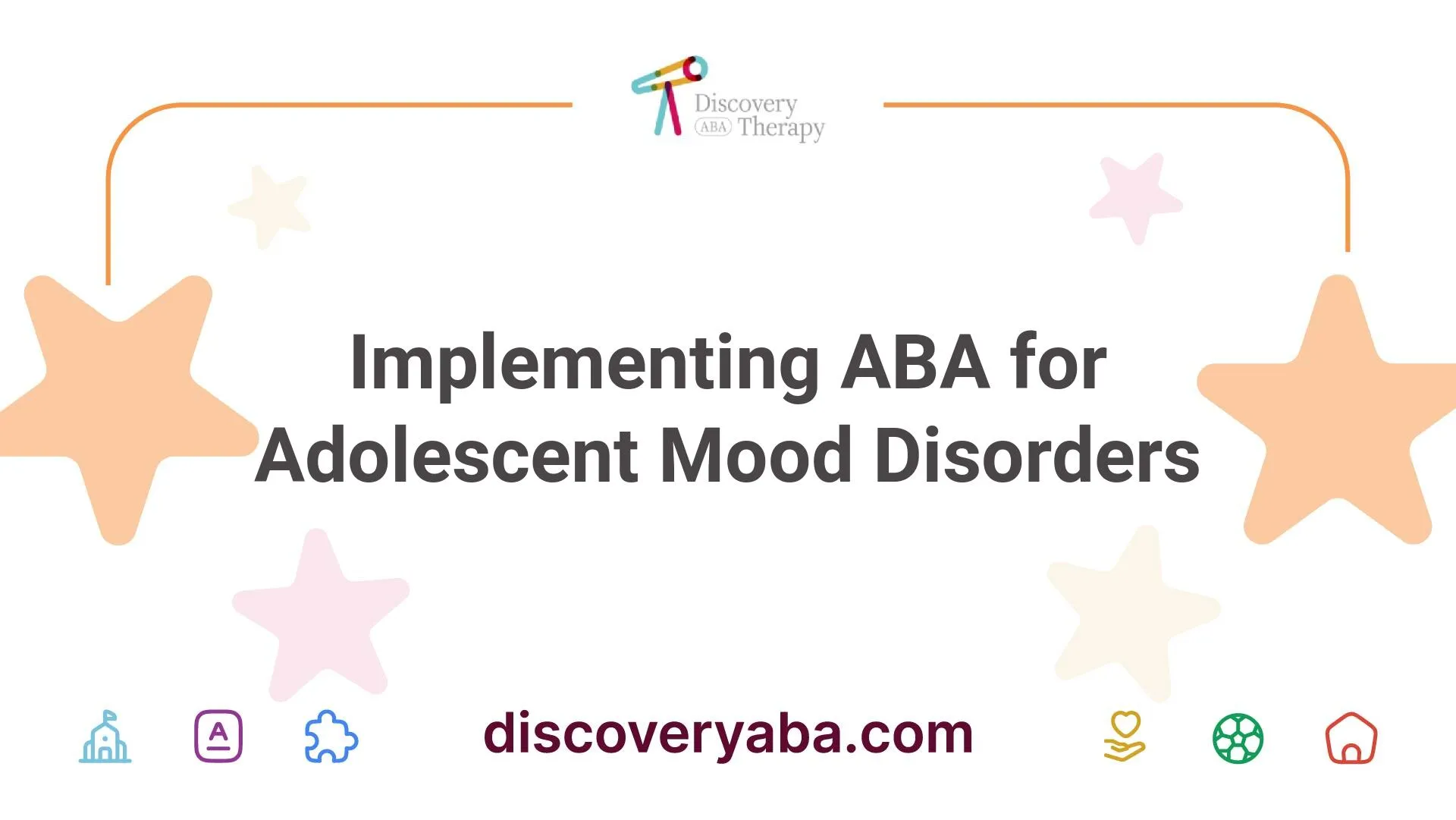
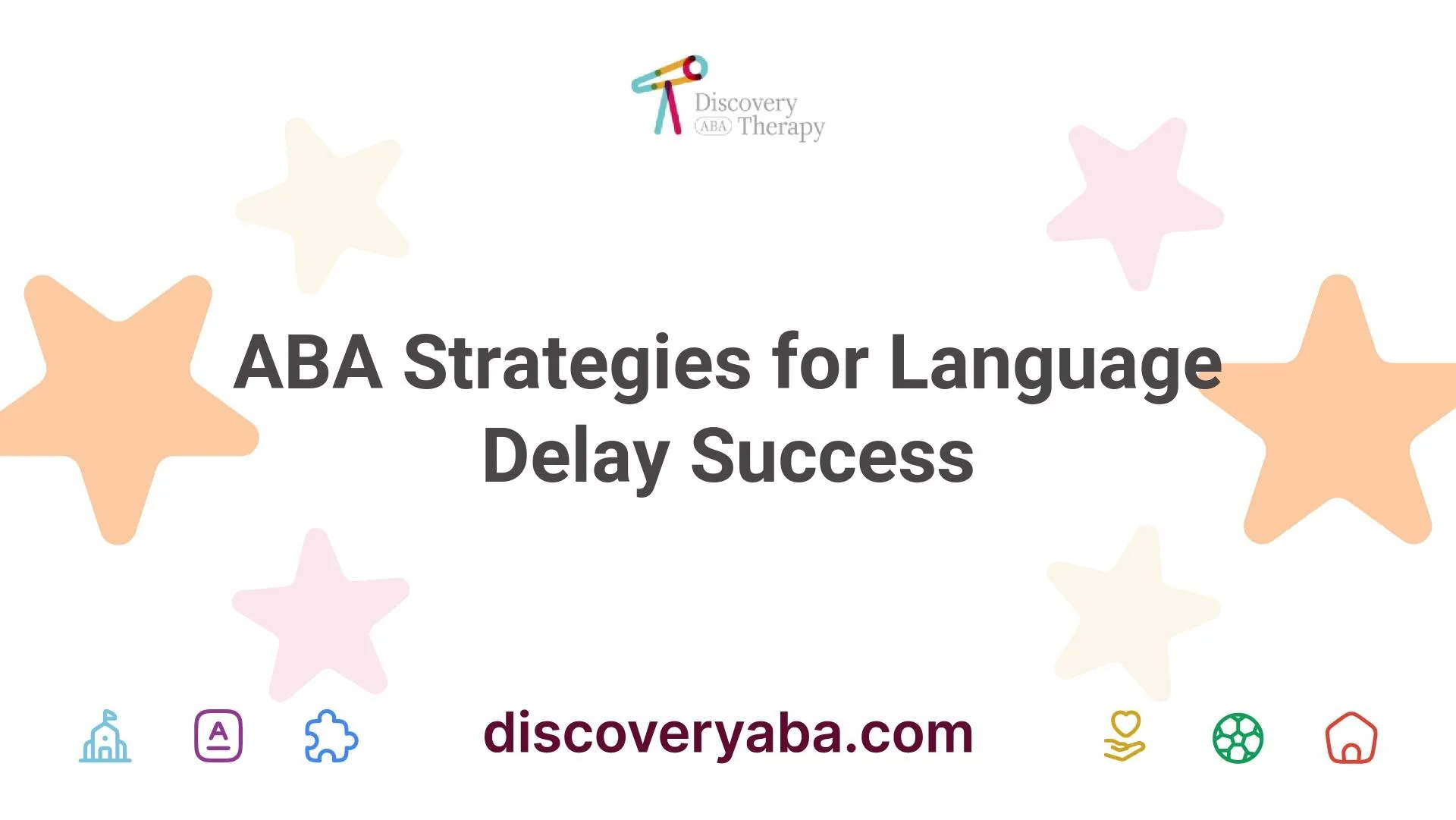
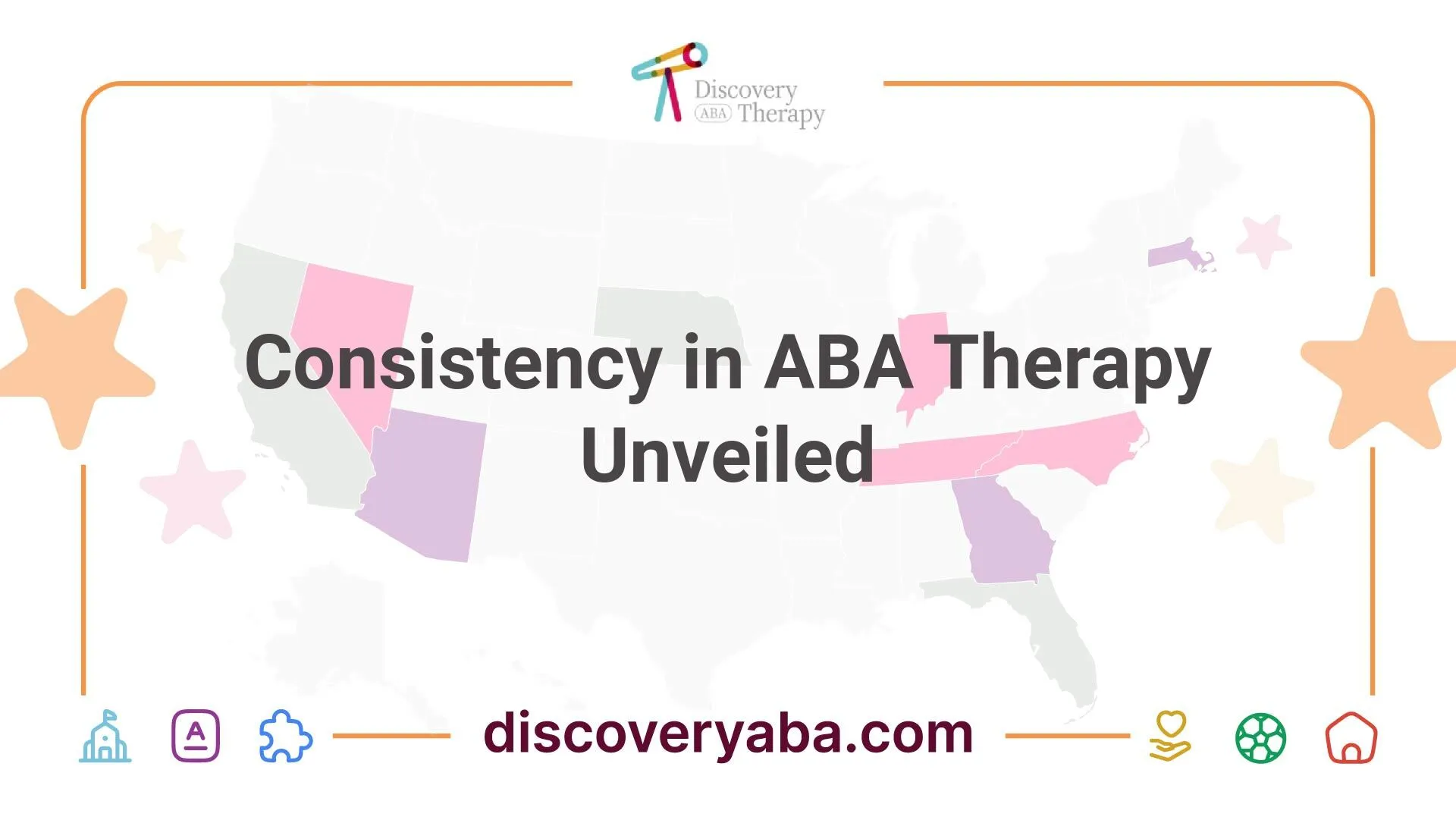
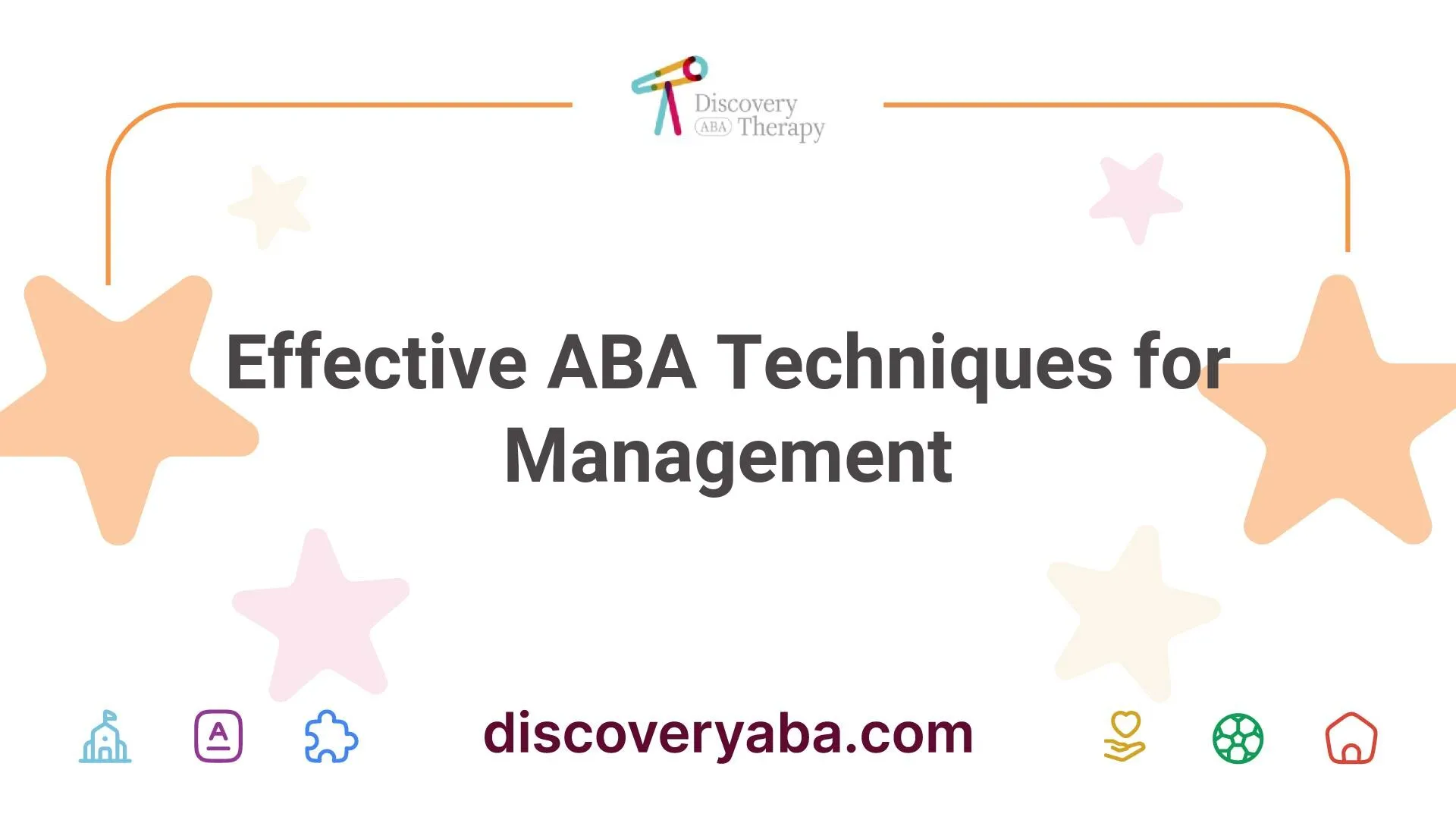
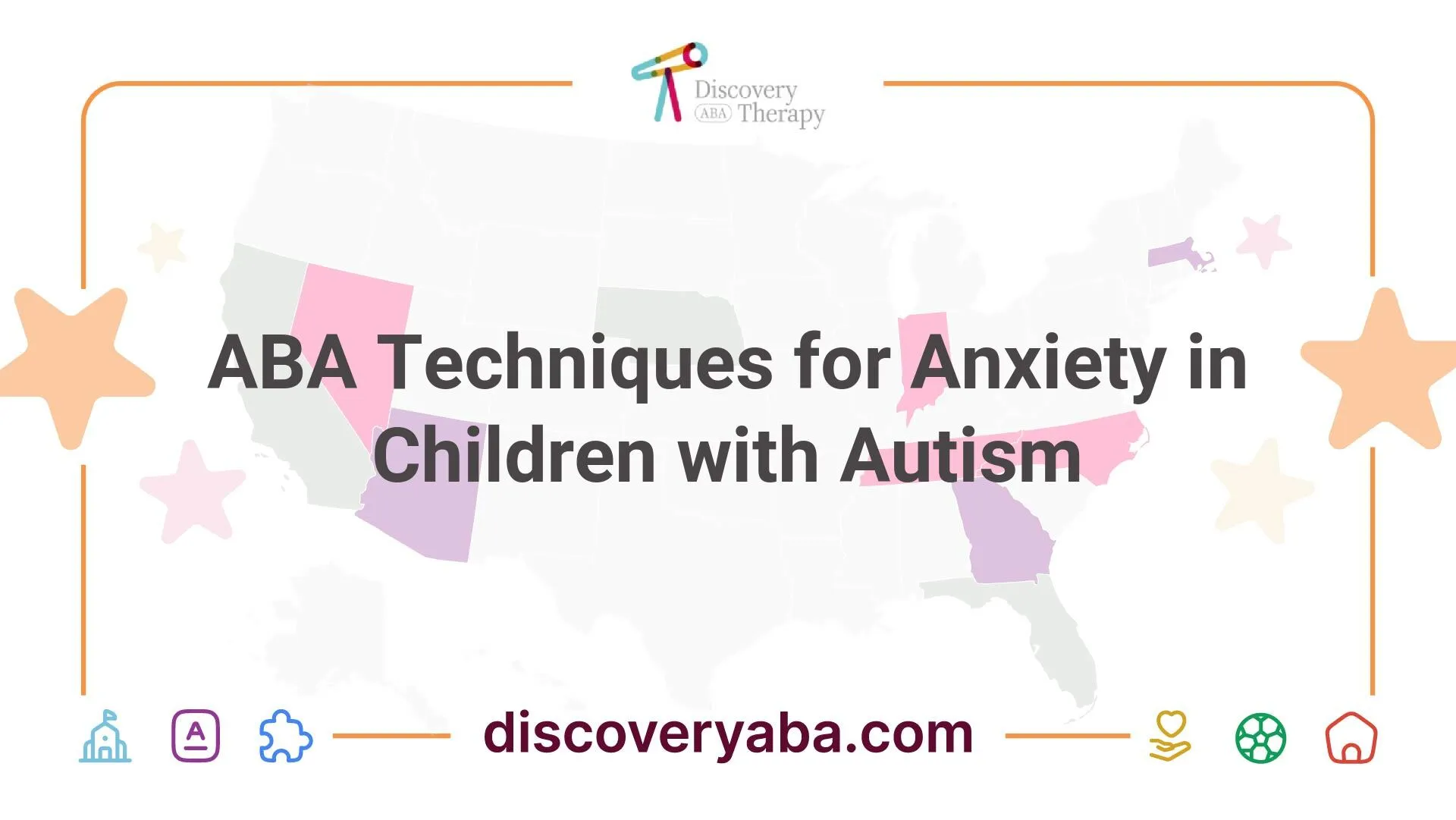
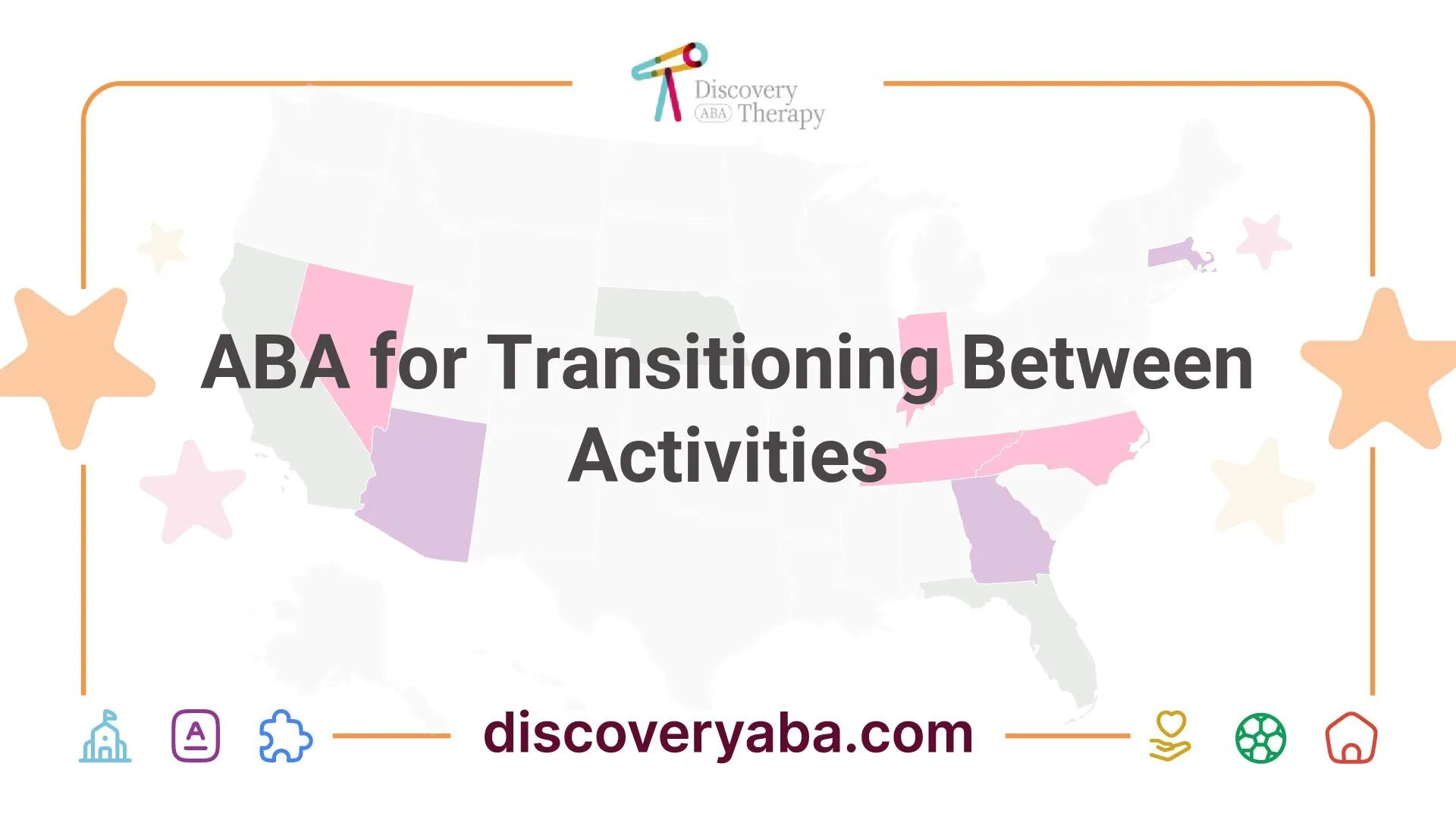
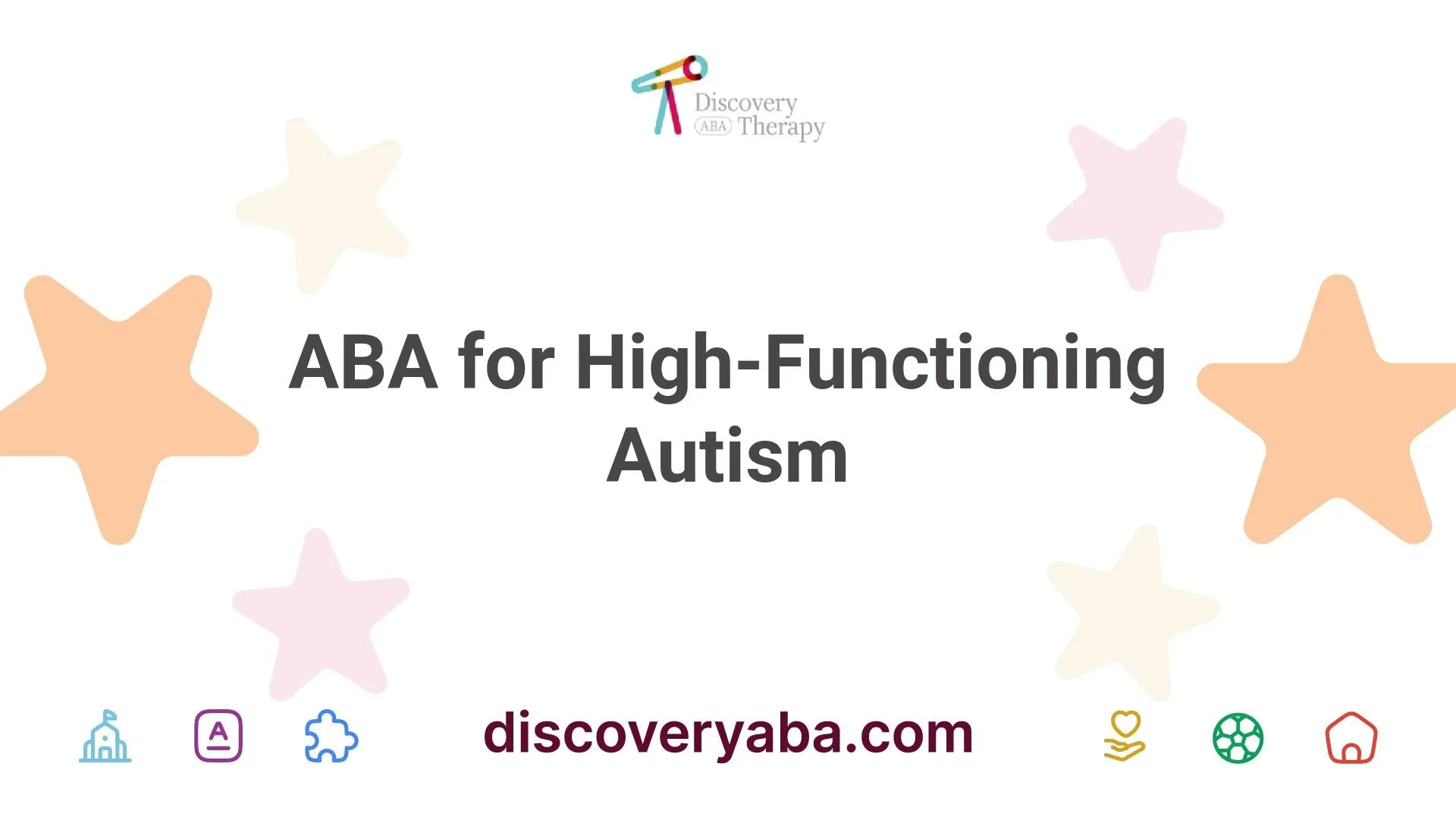
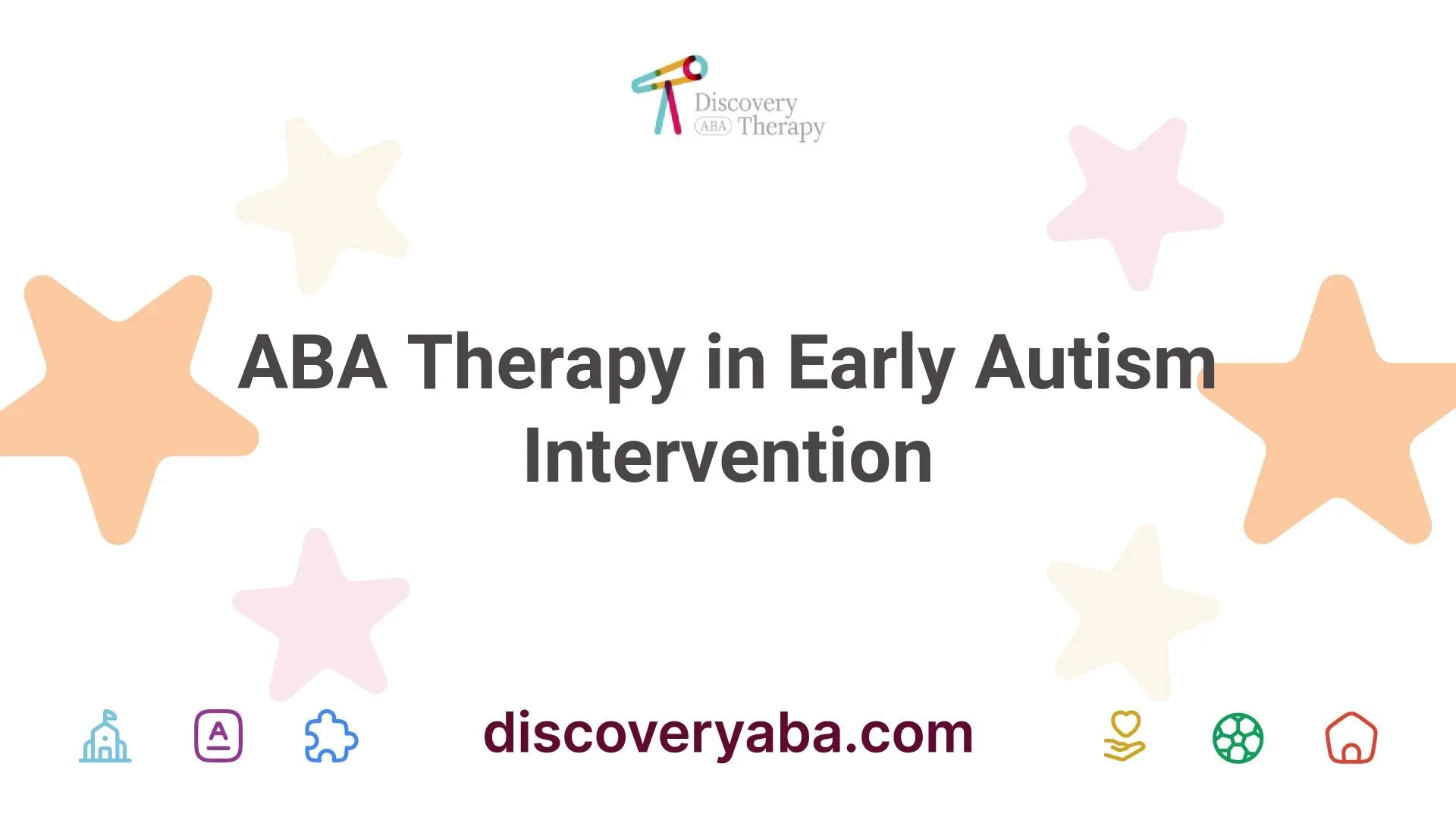
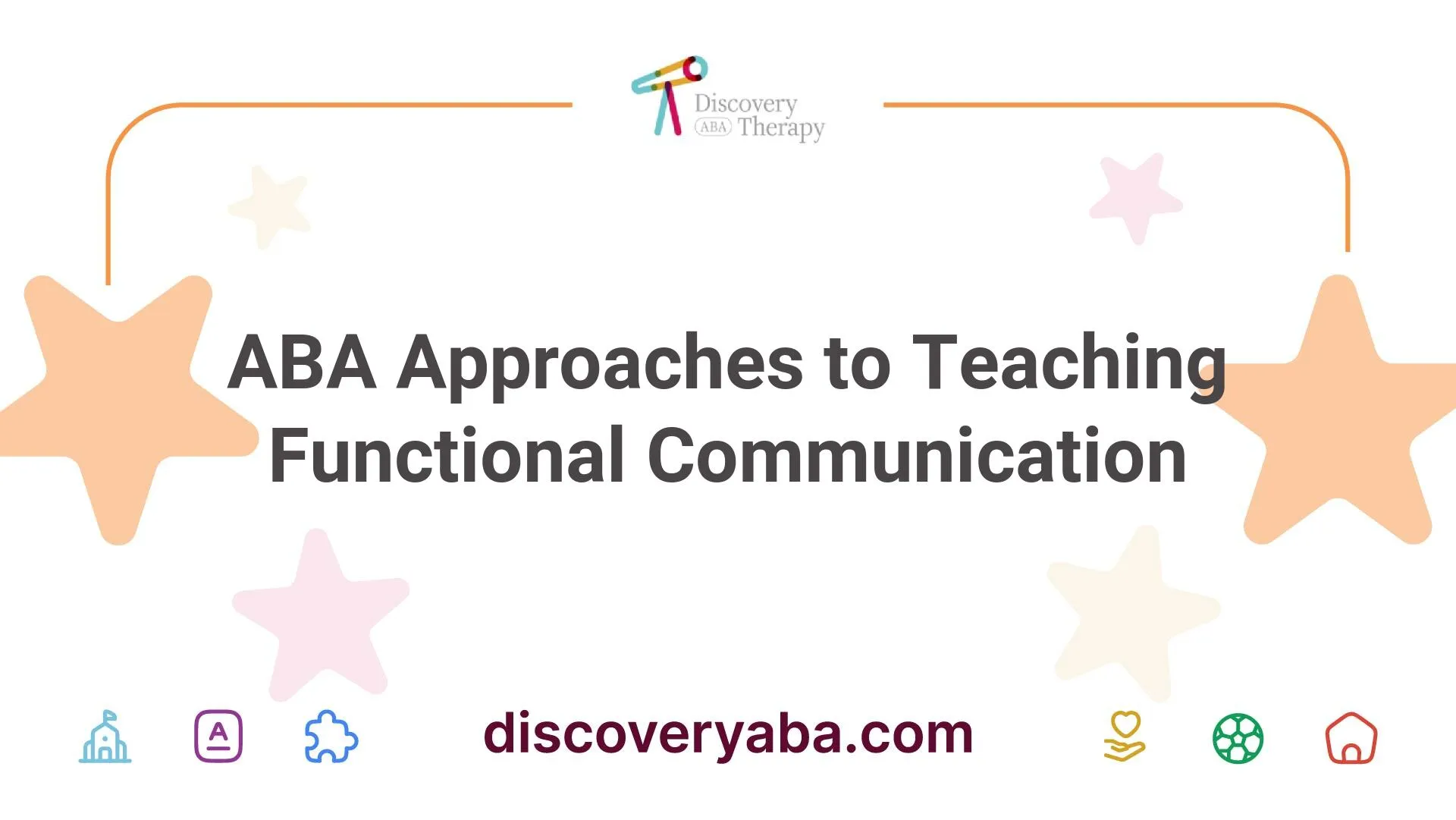
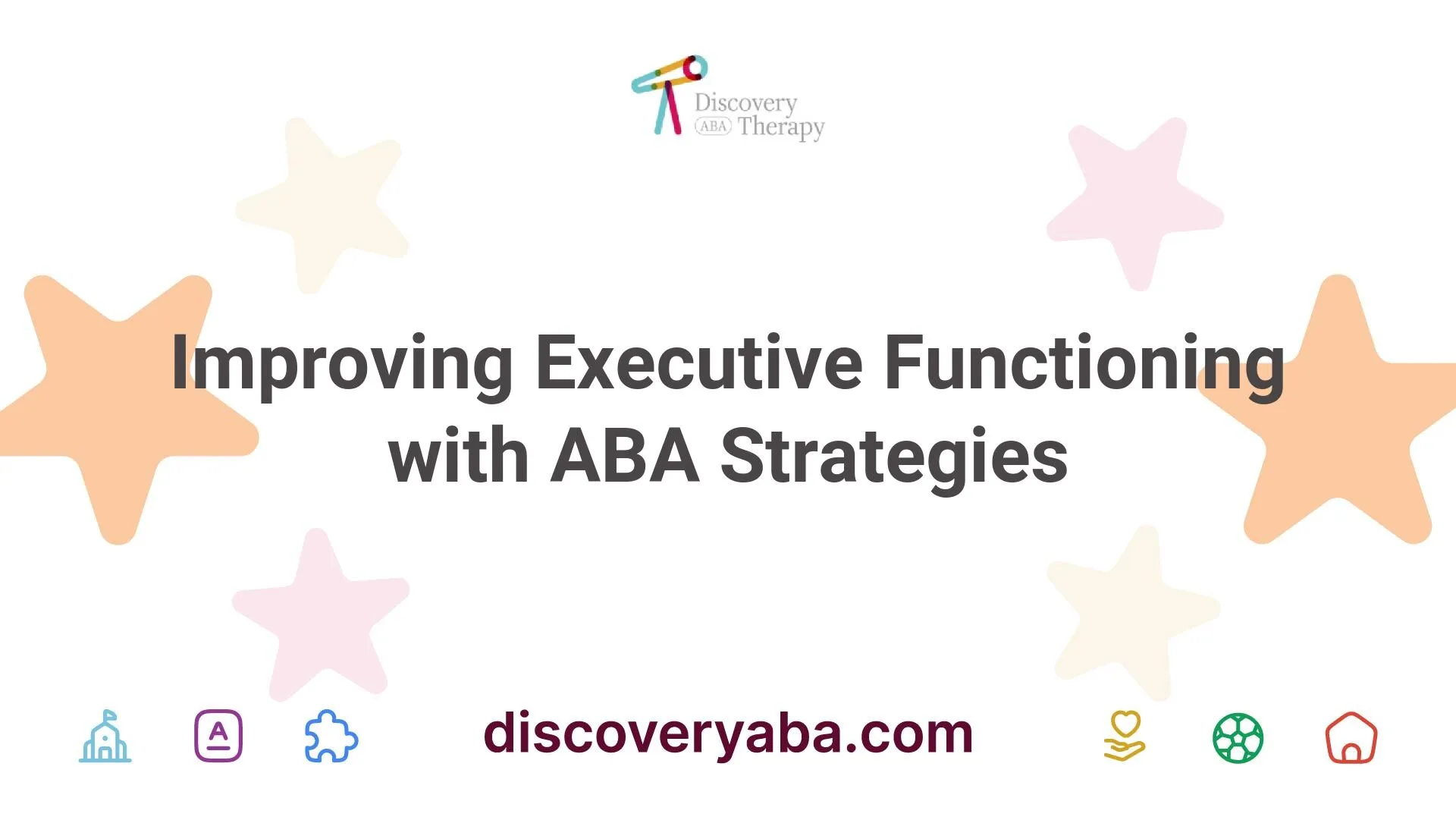

.webp)


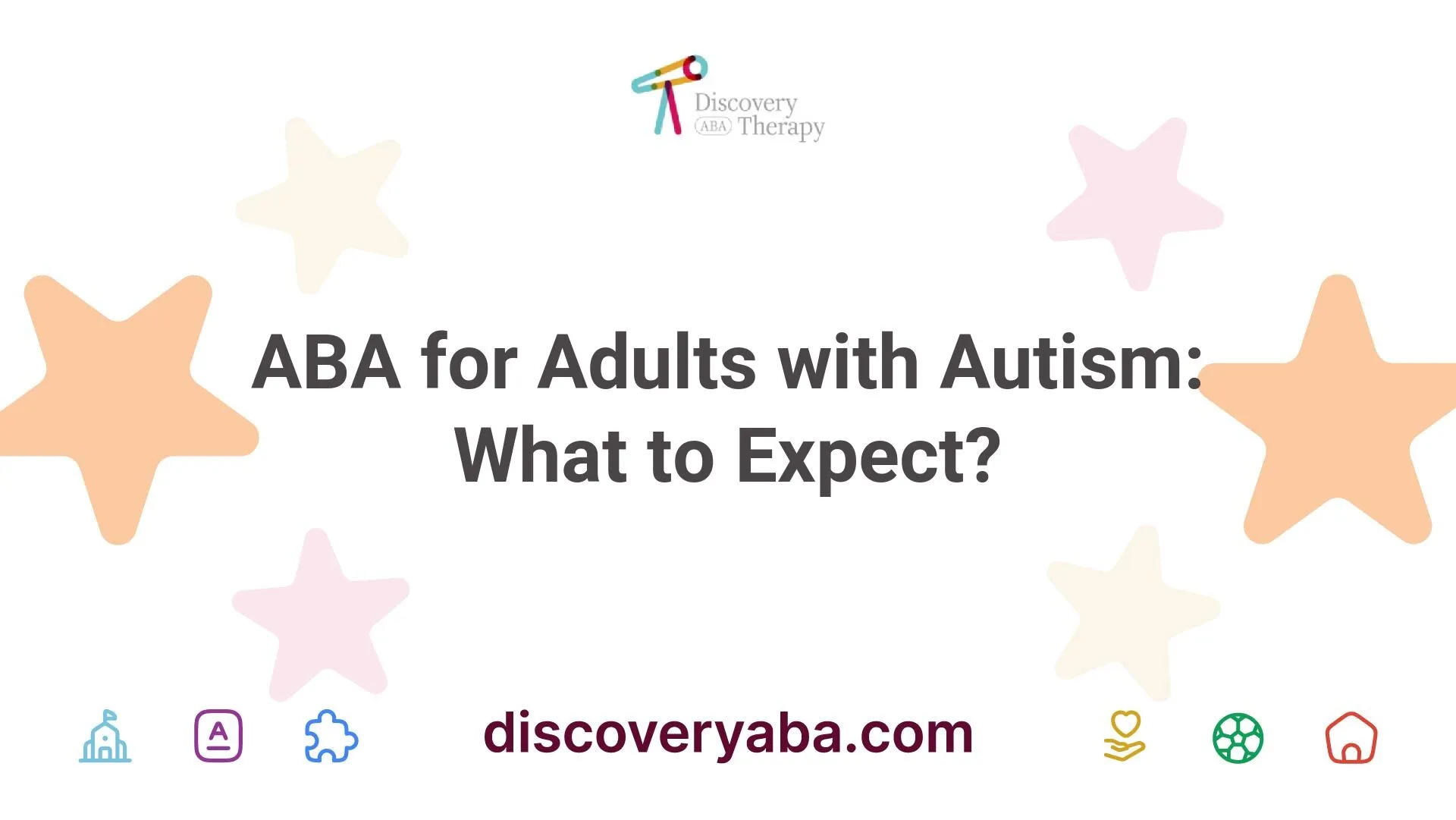
.webp)
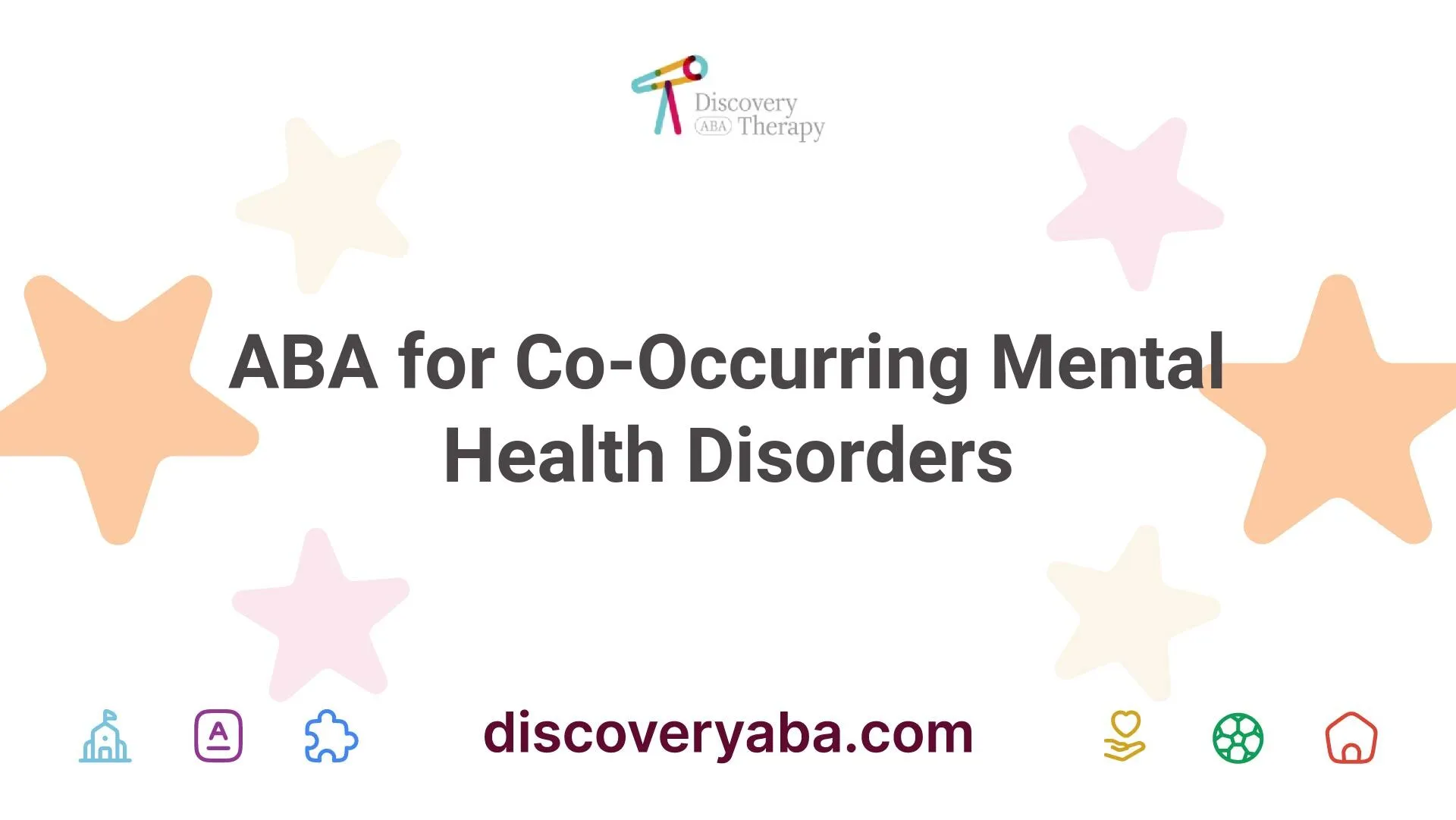
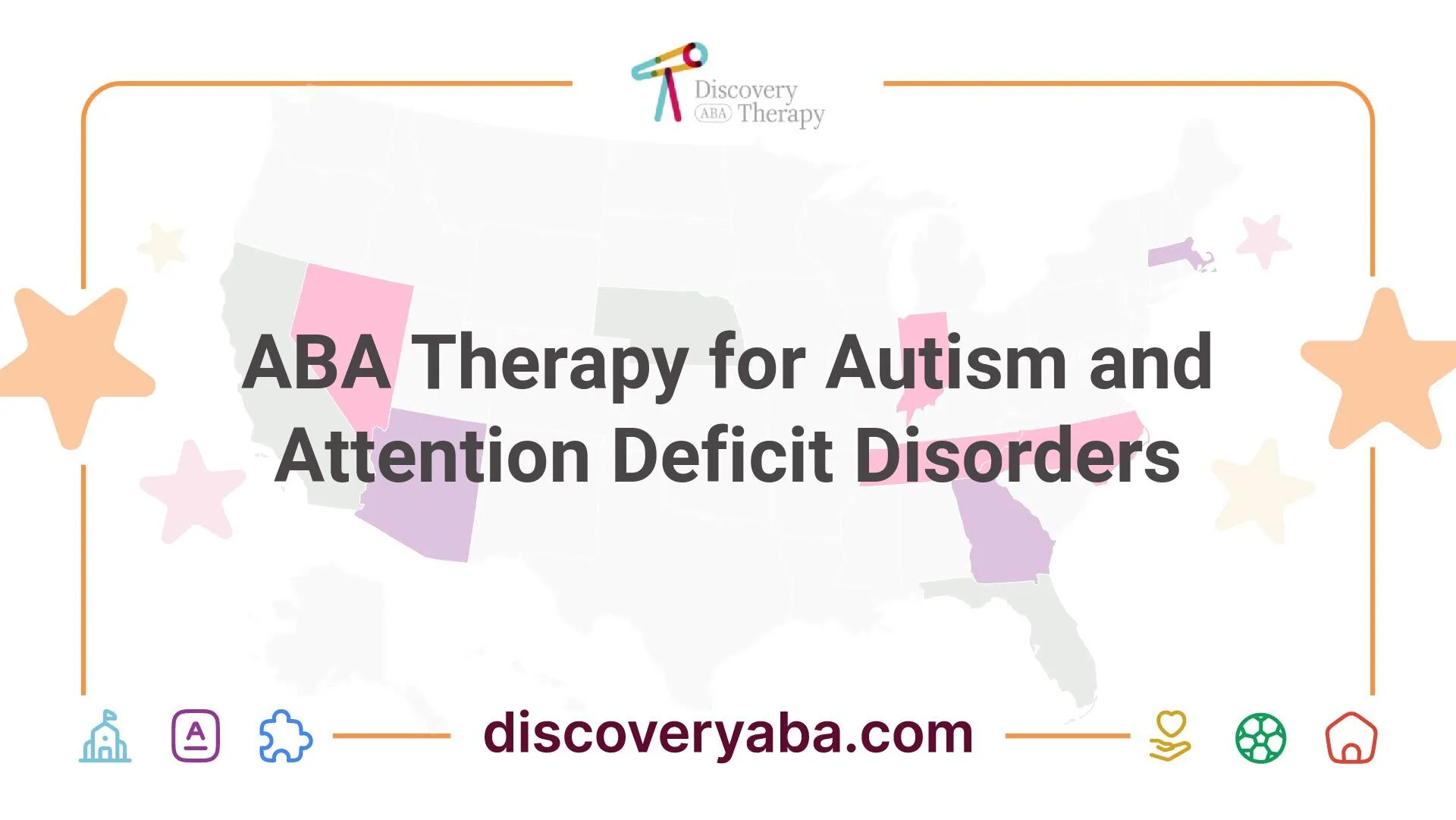

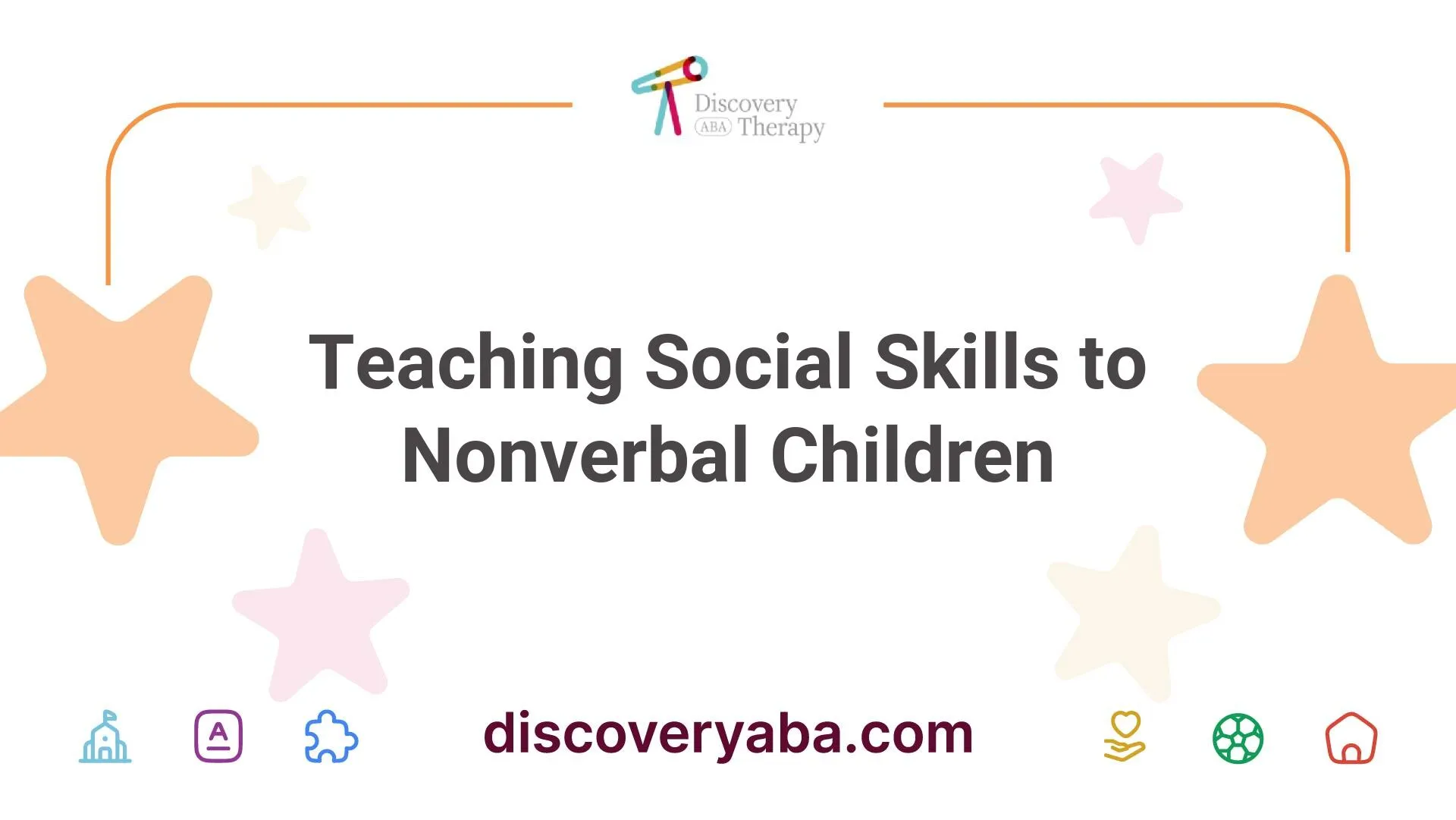

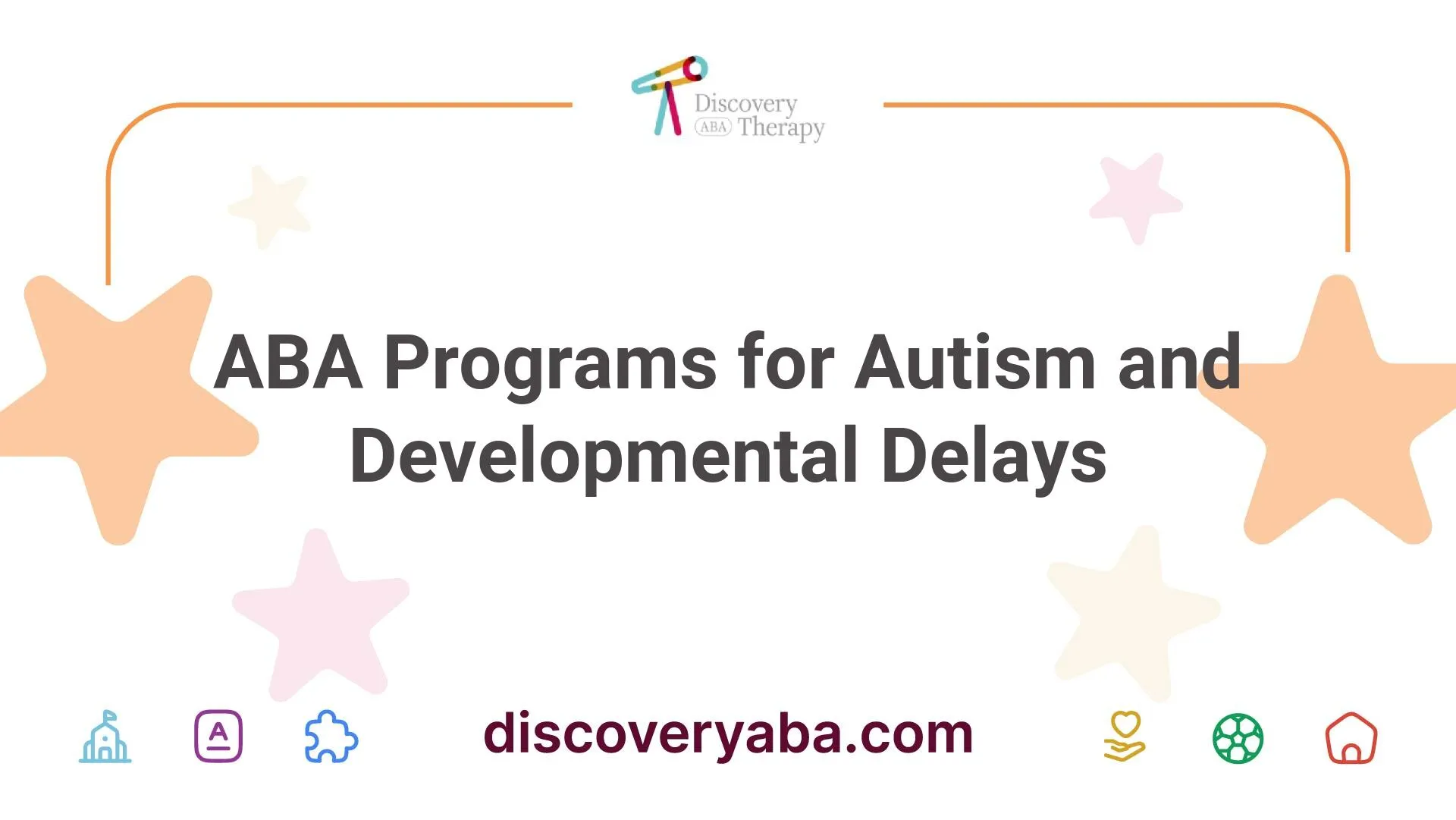











.webp)

.webp)



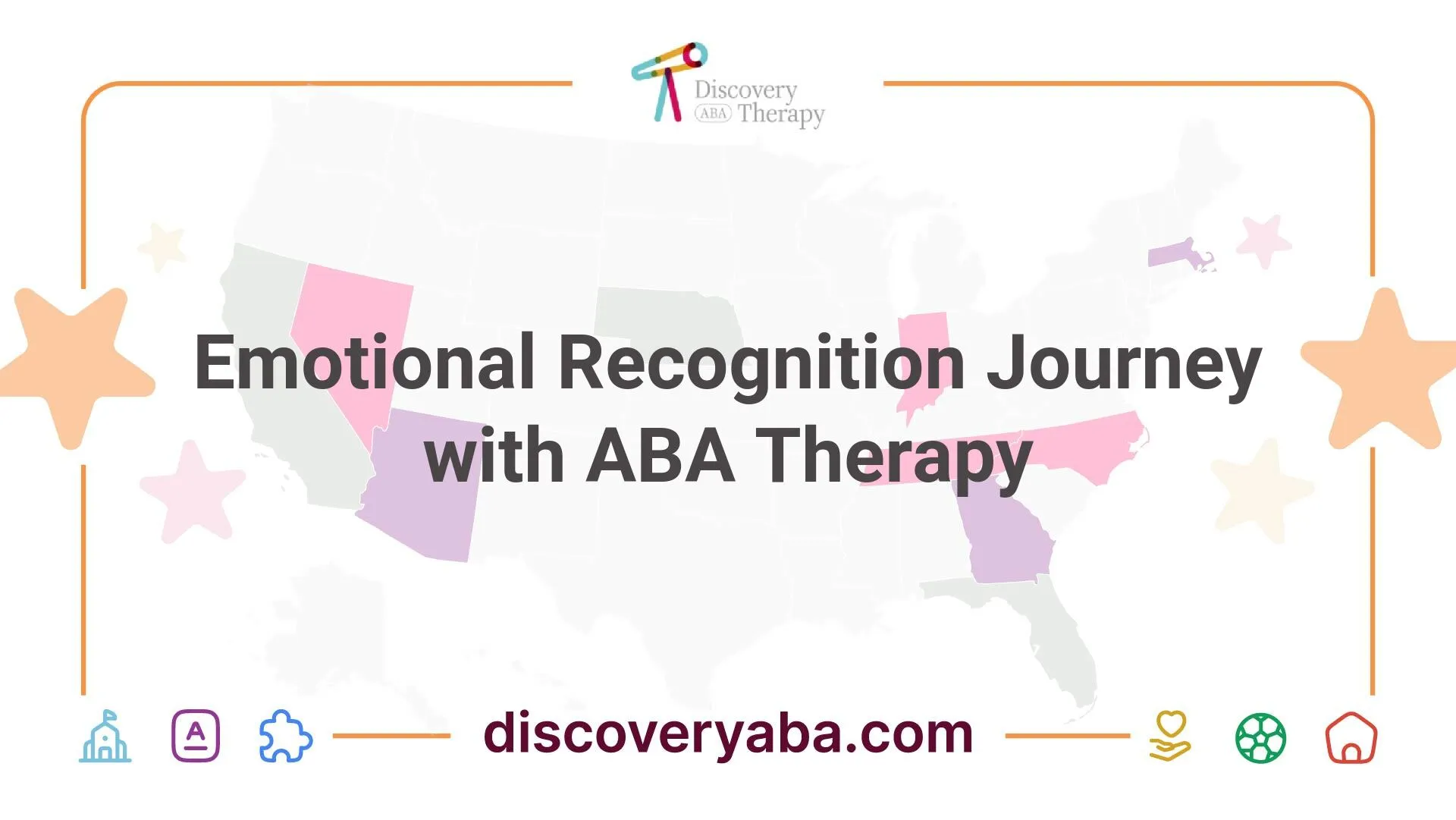






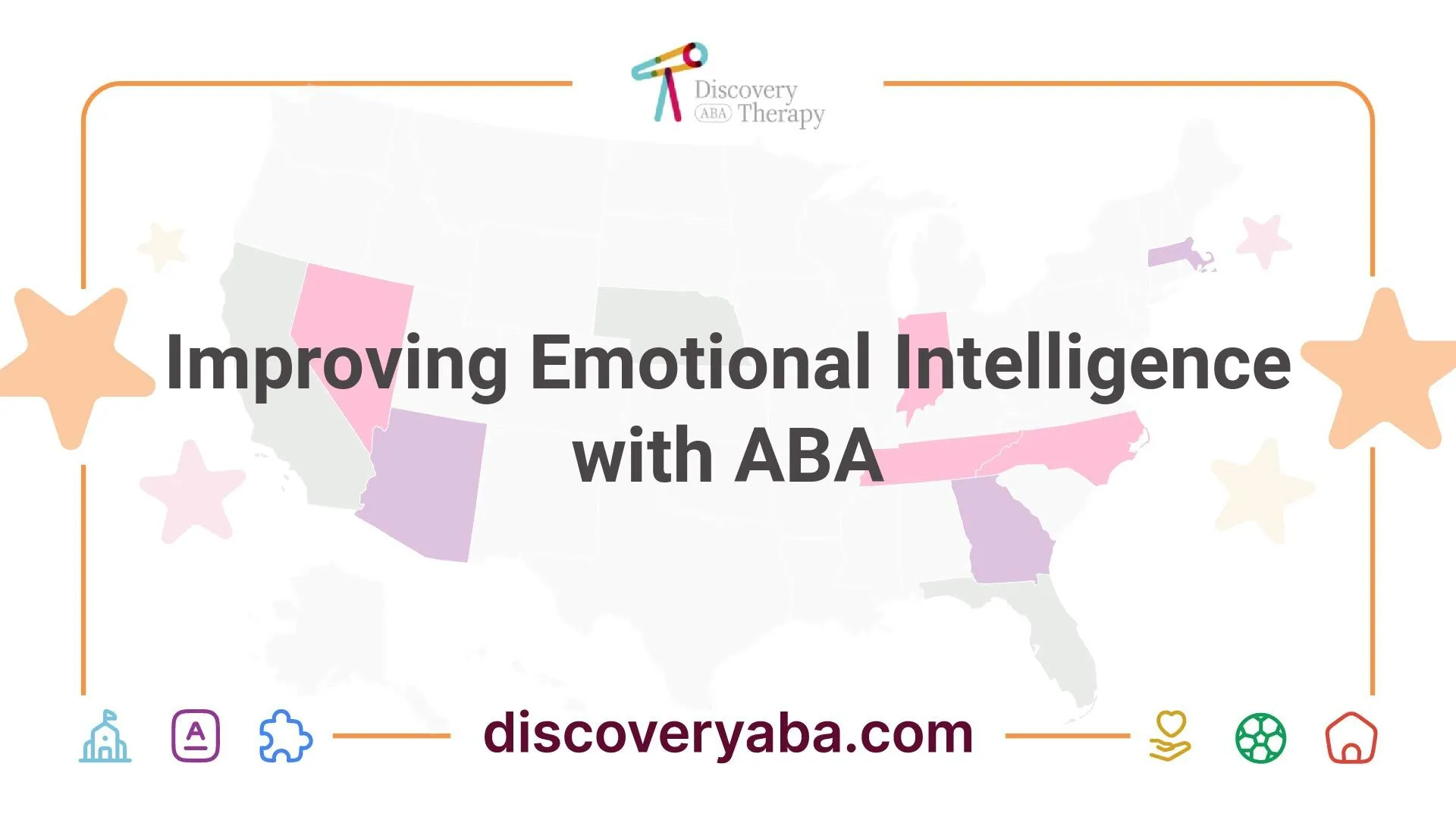


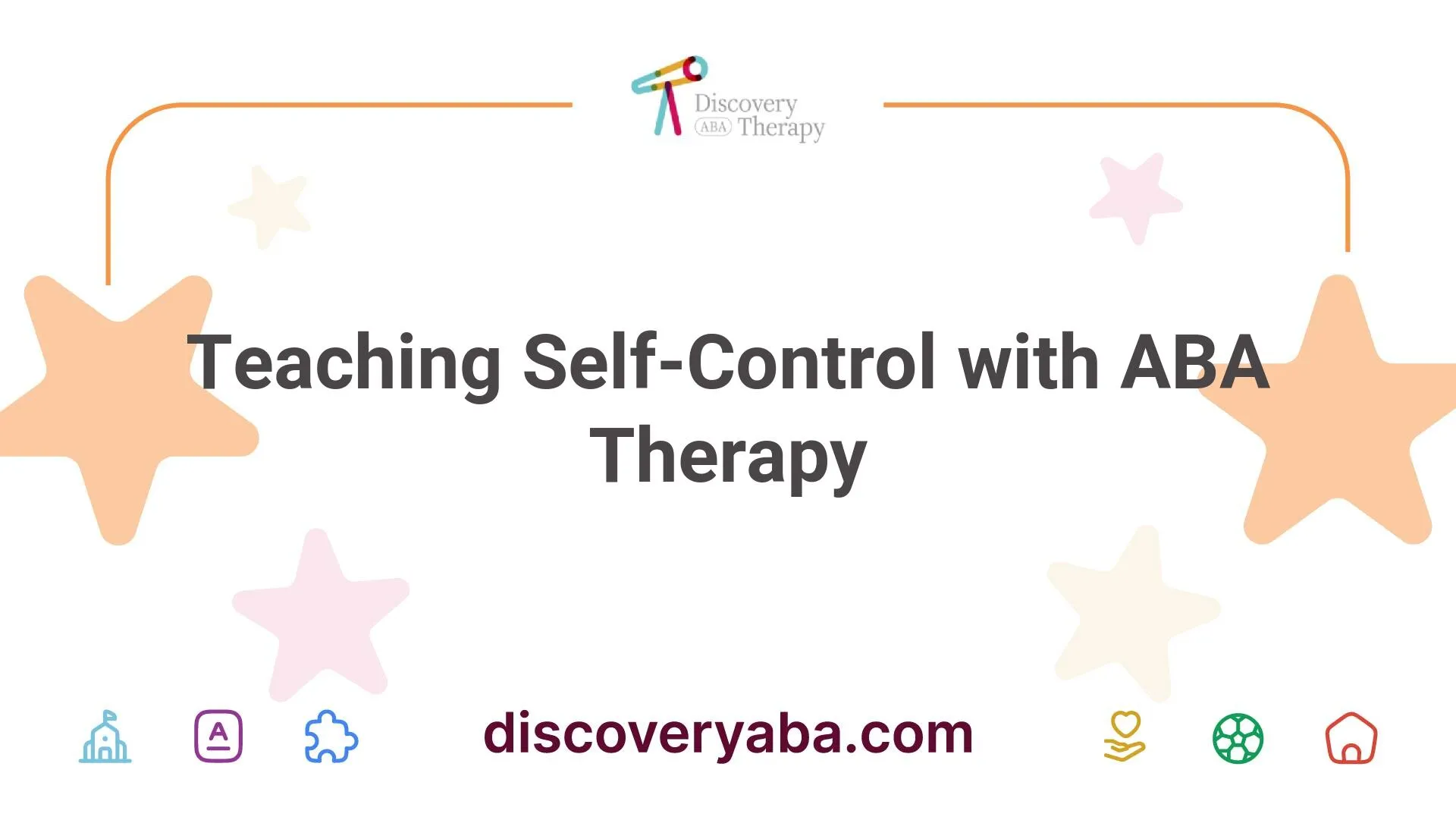

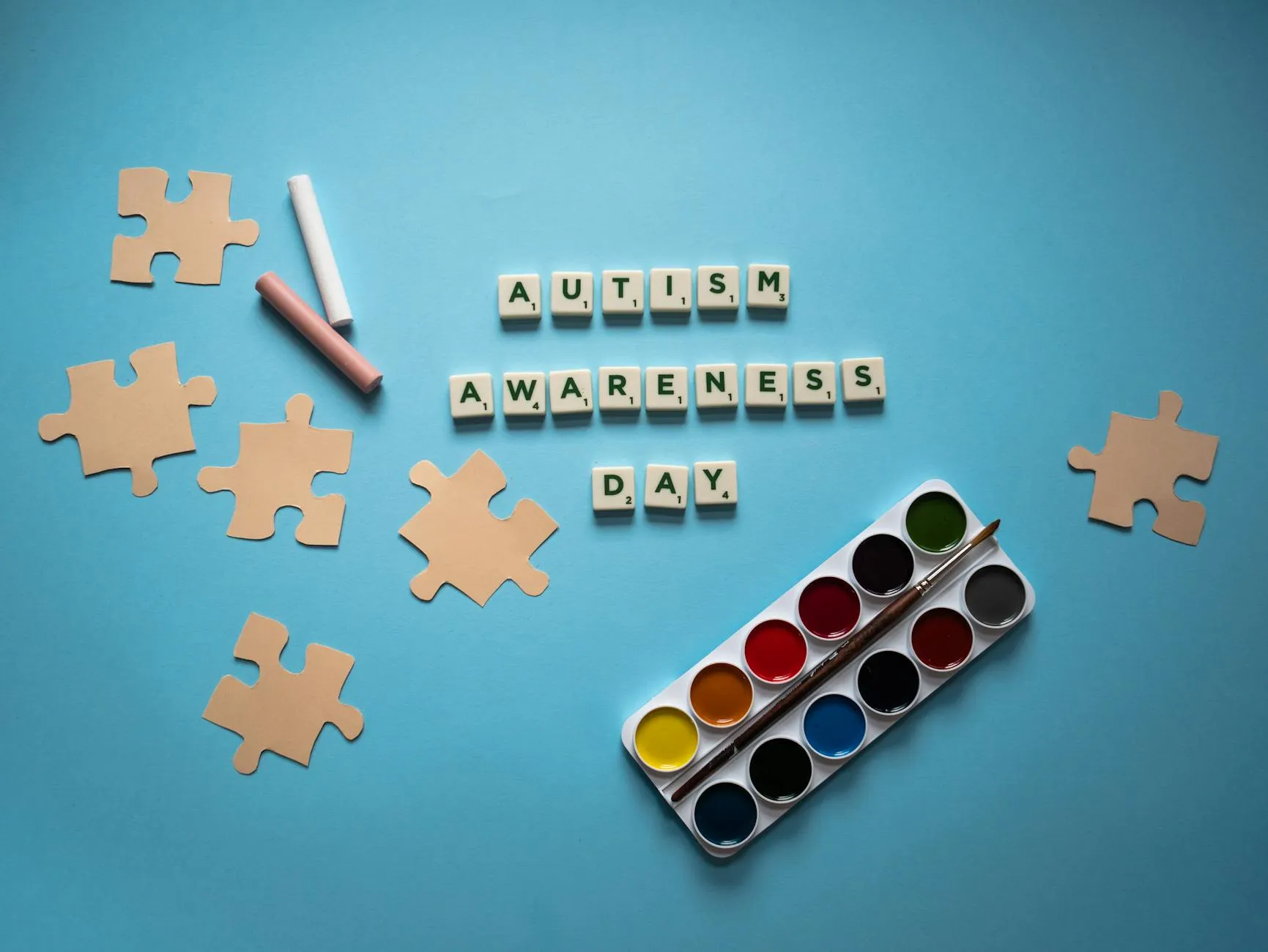

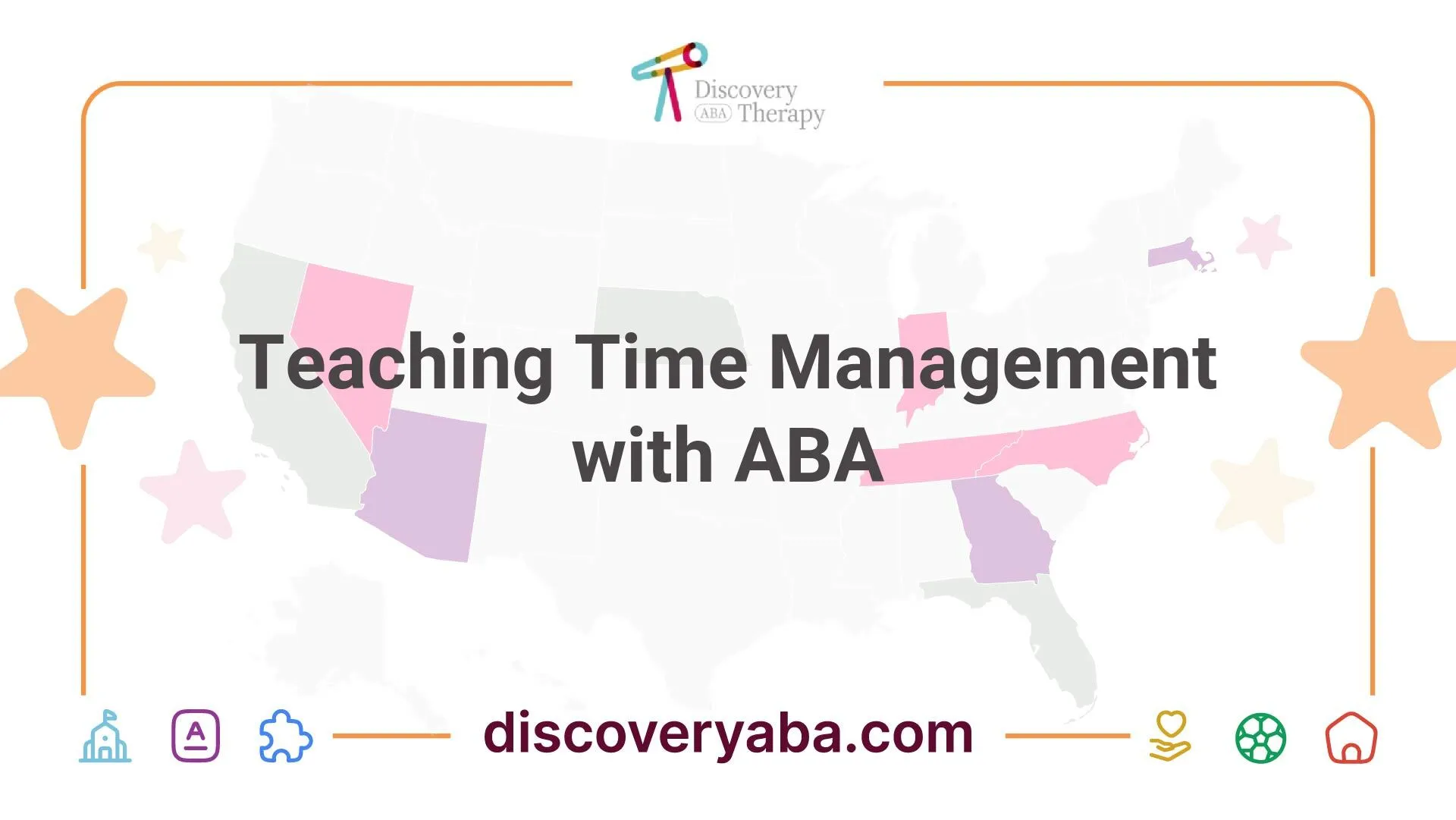
.webp)


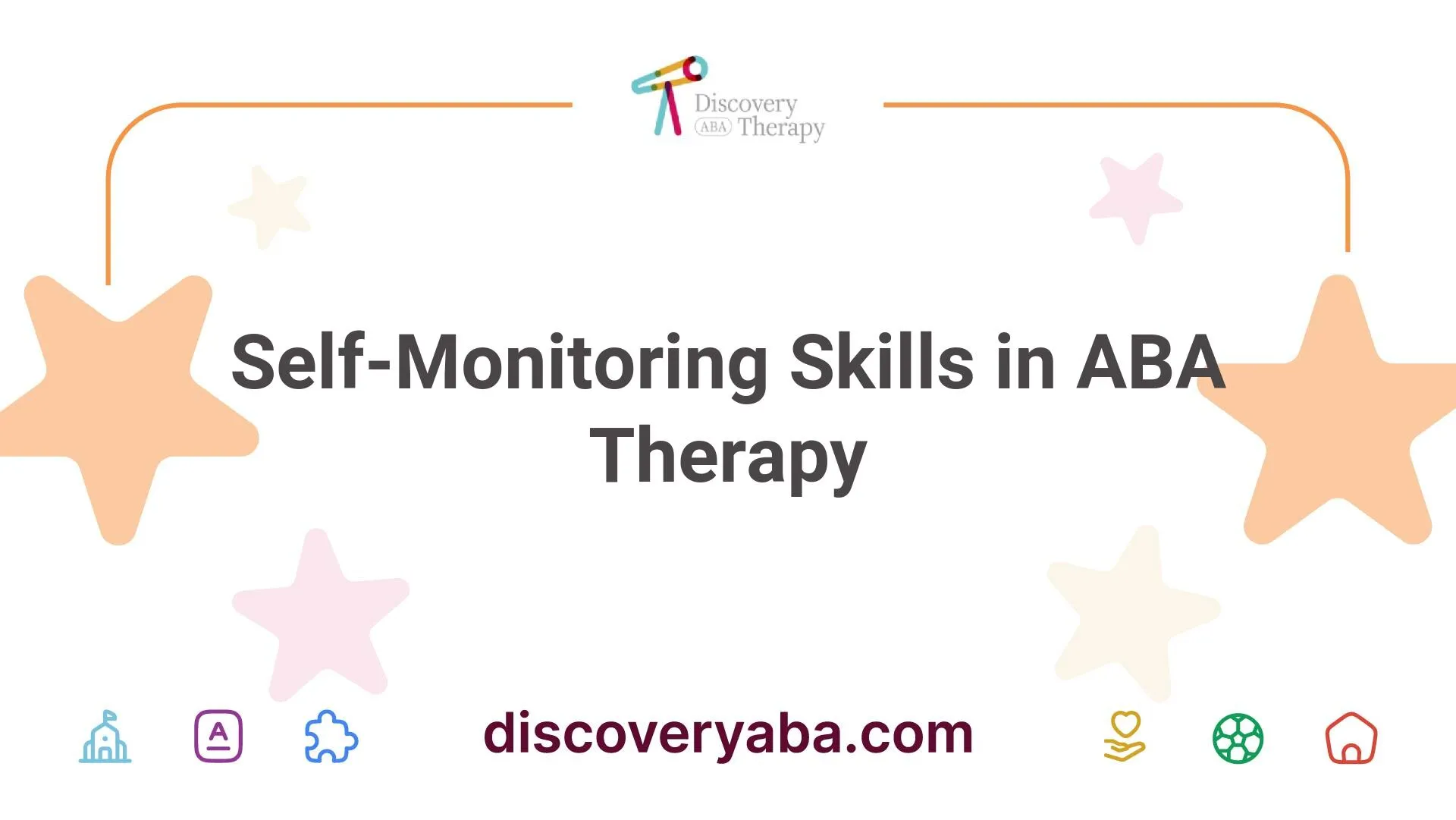
.webp)
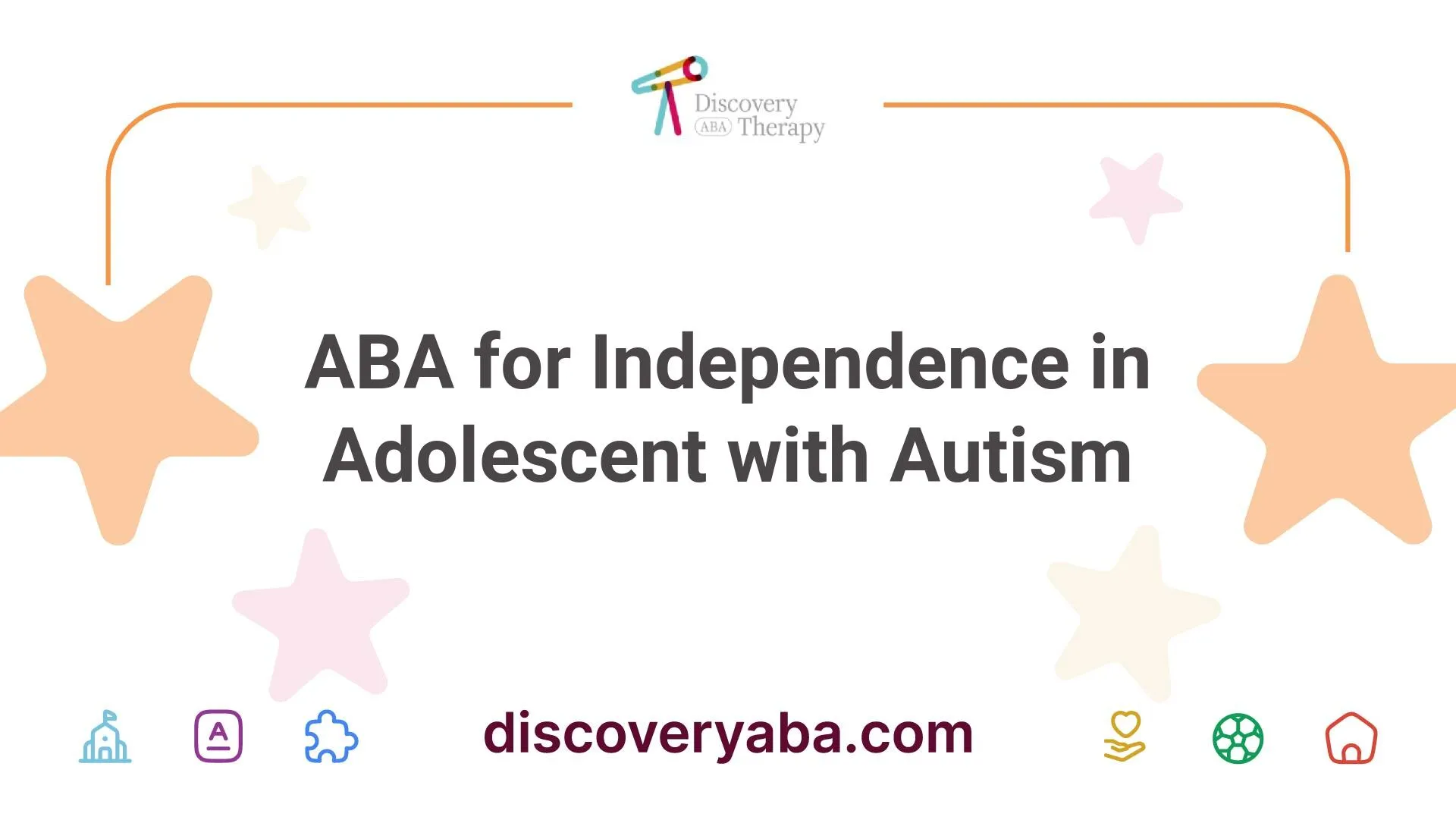


.webp)

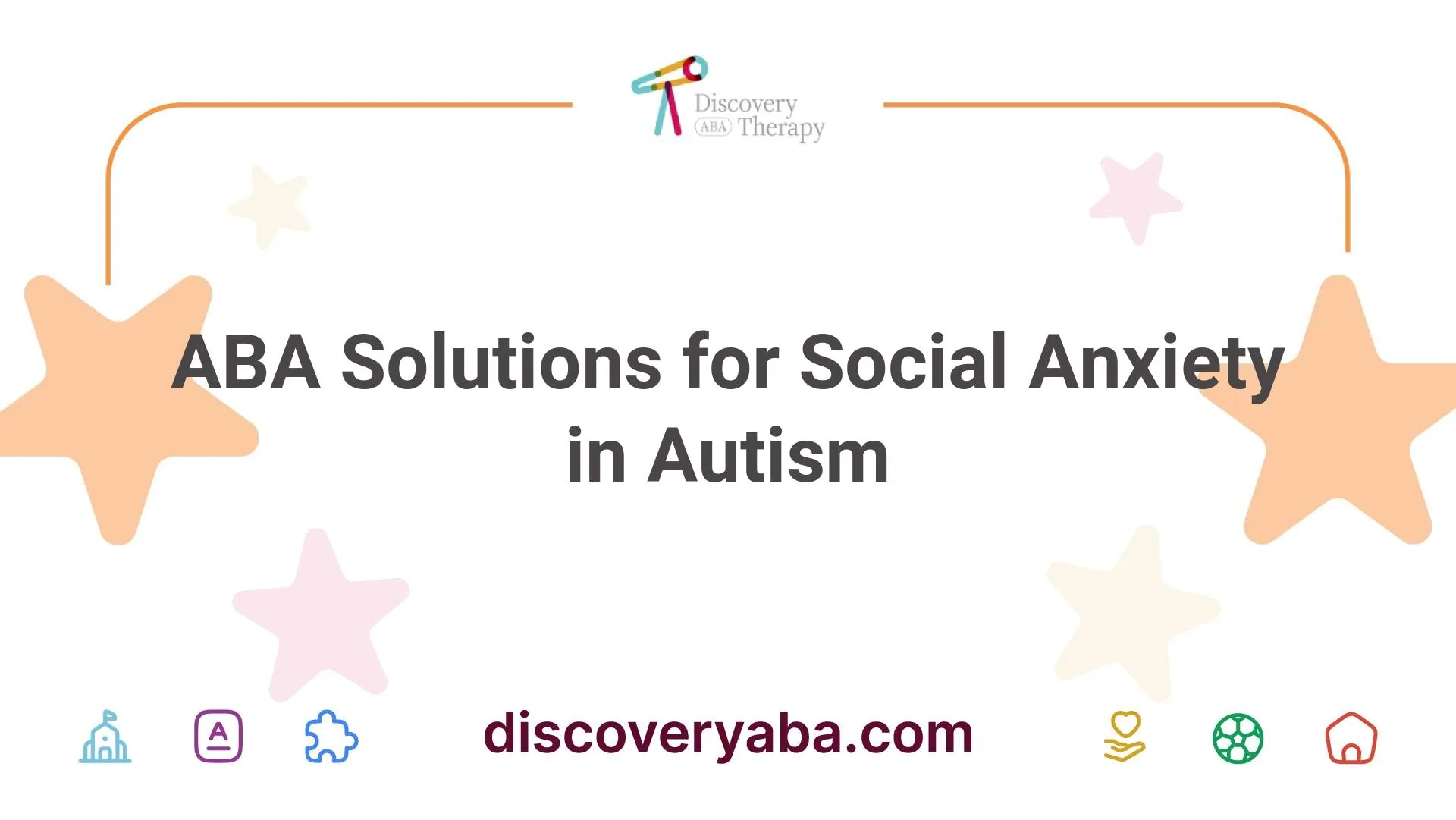
.webp)




.webp)
